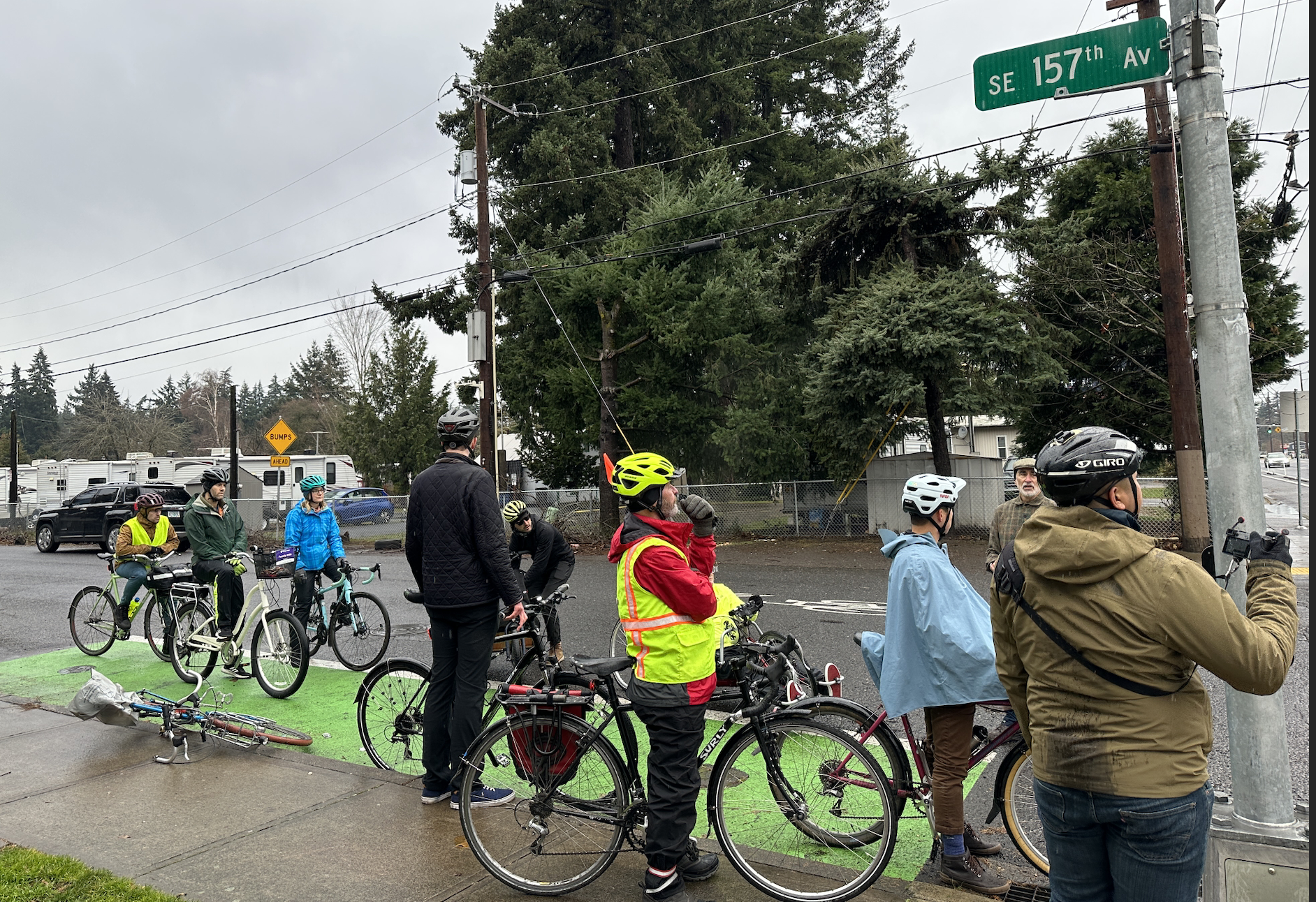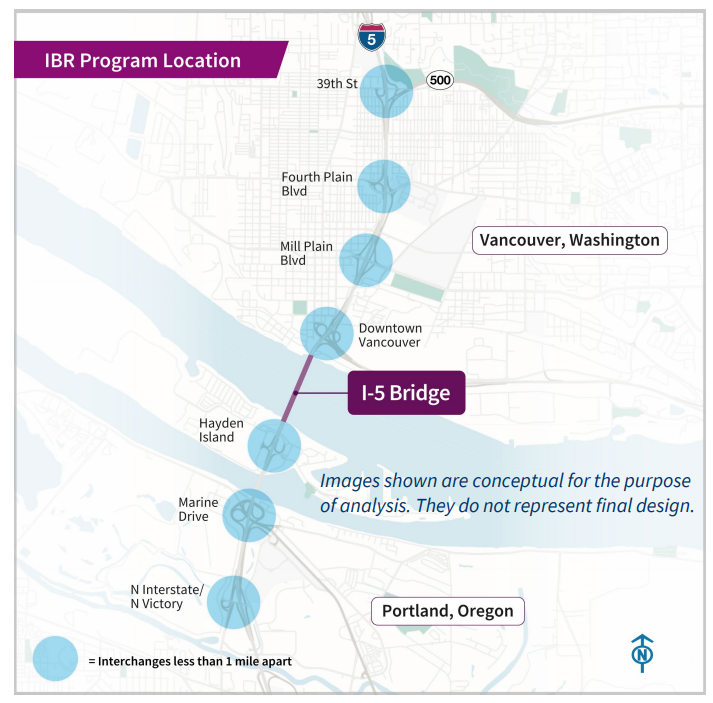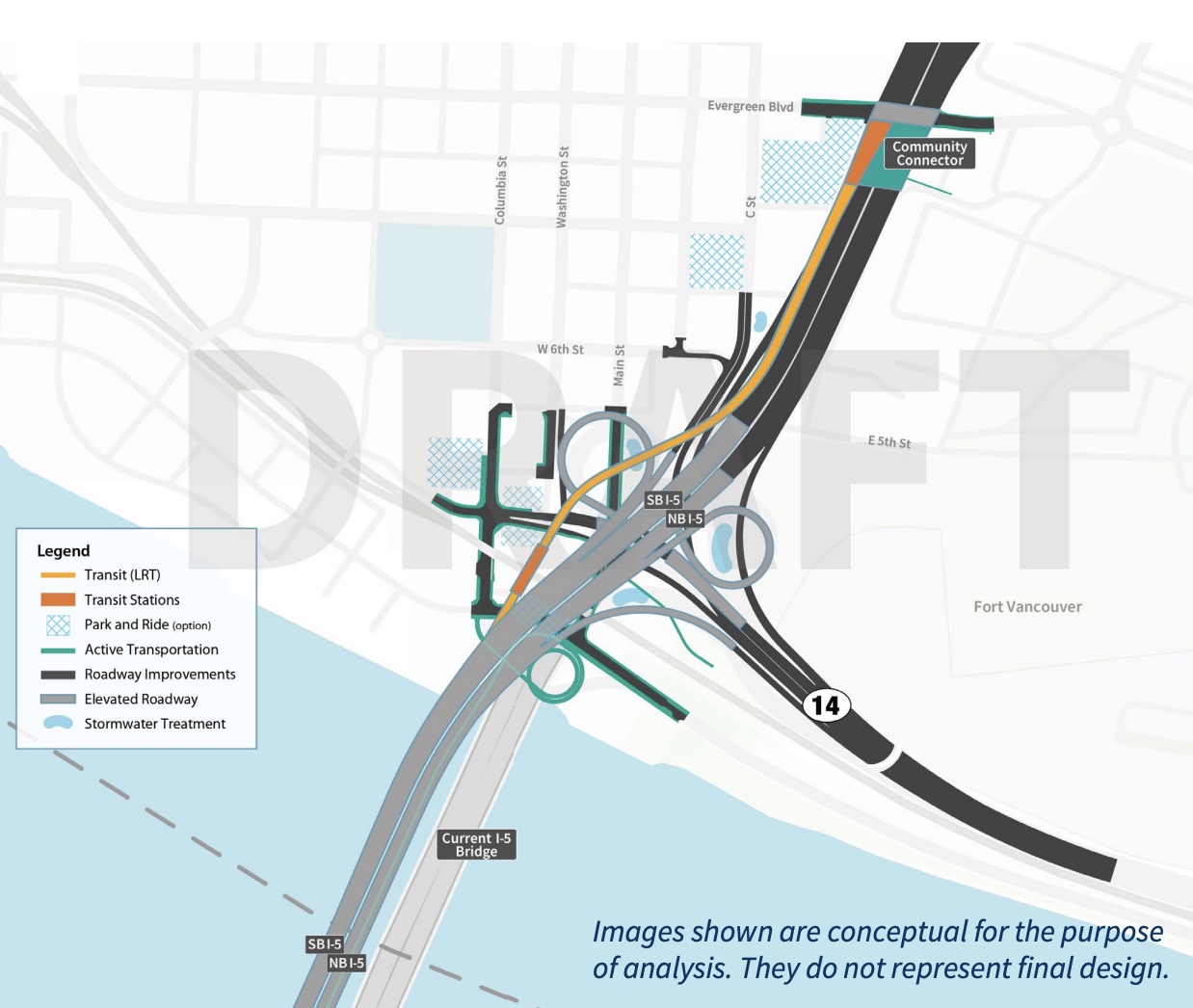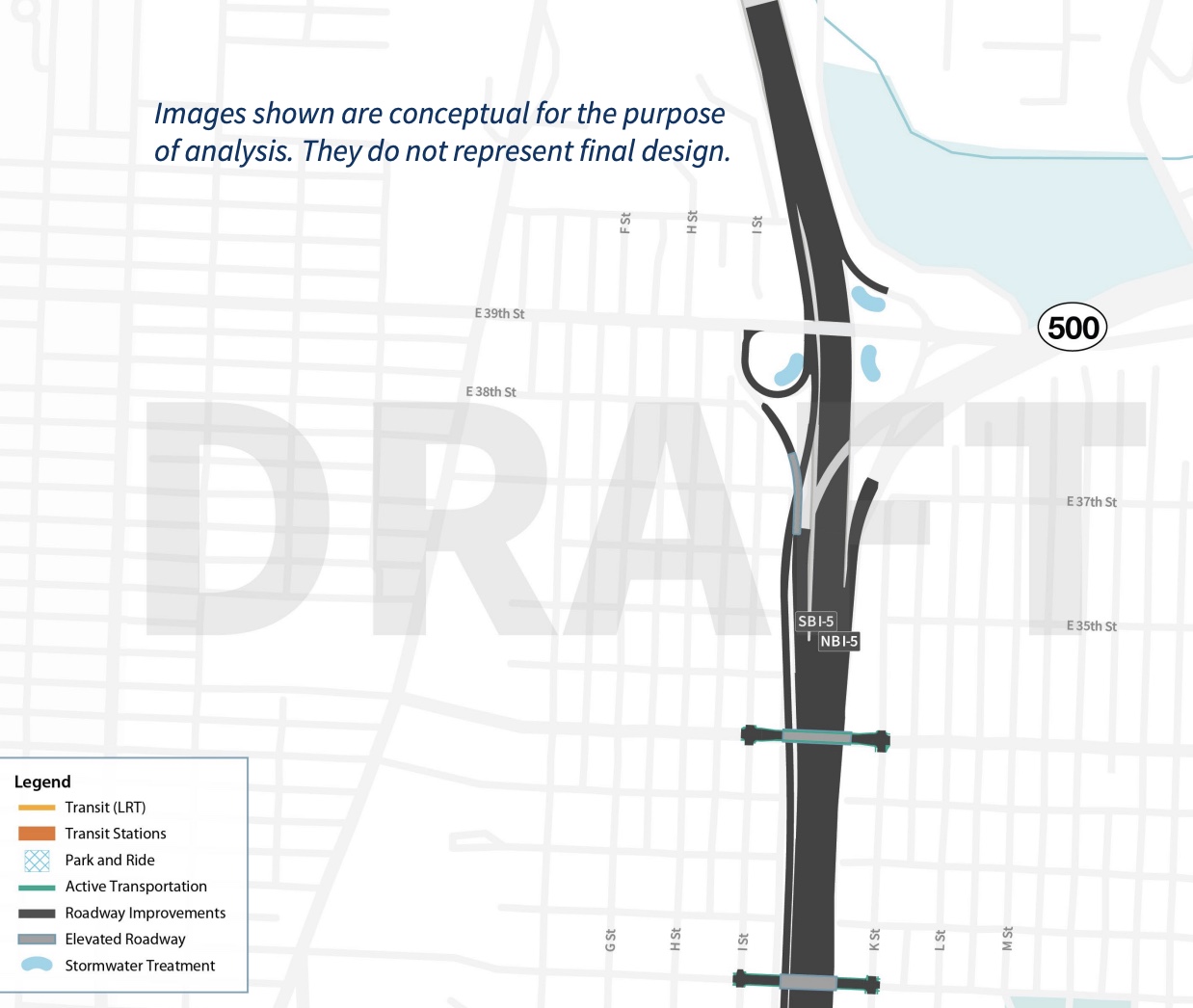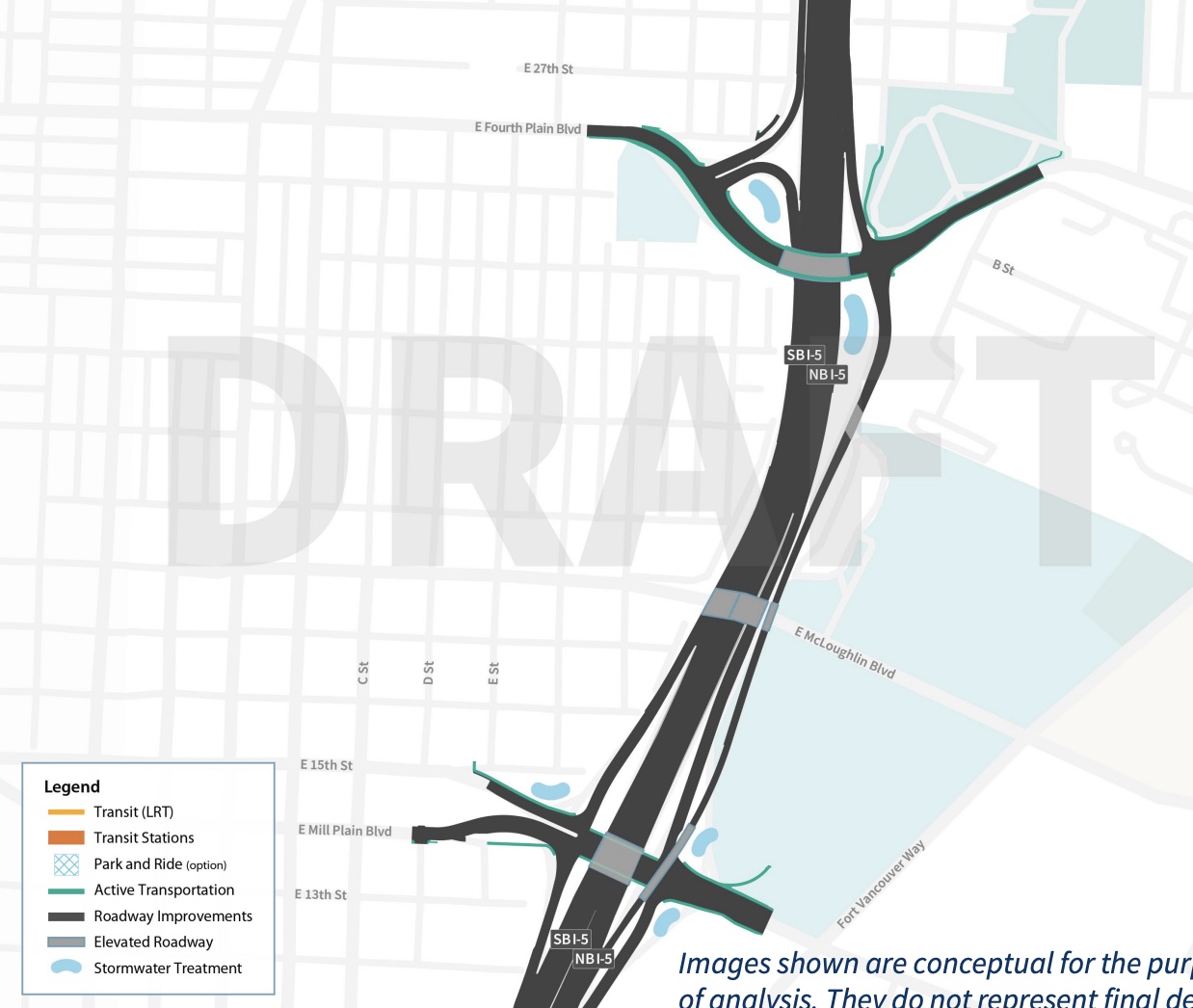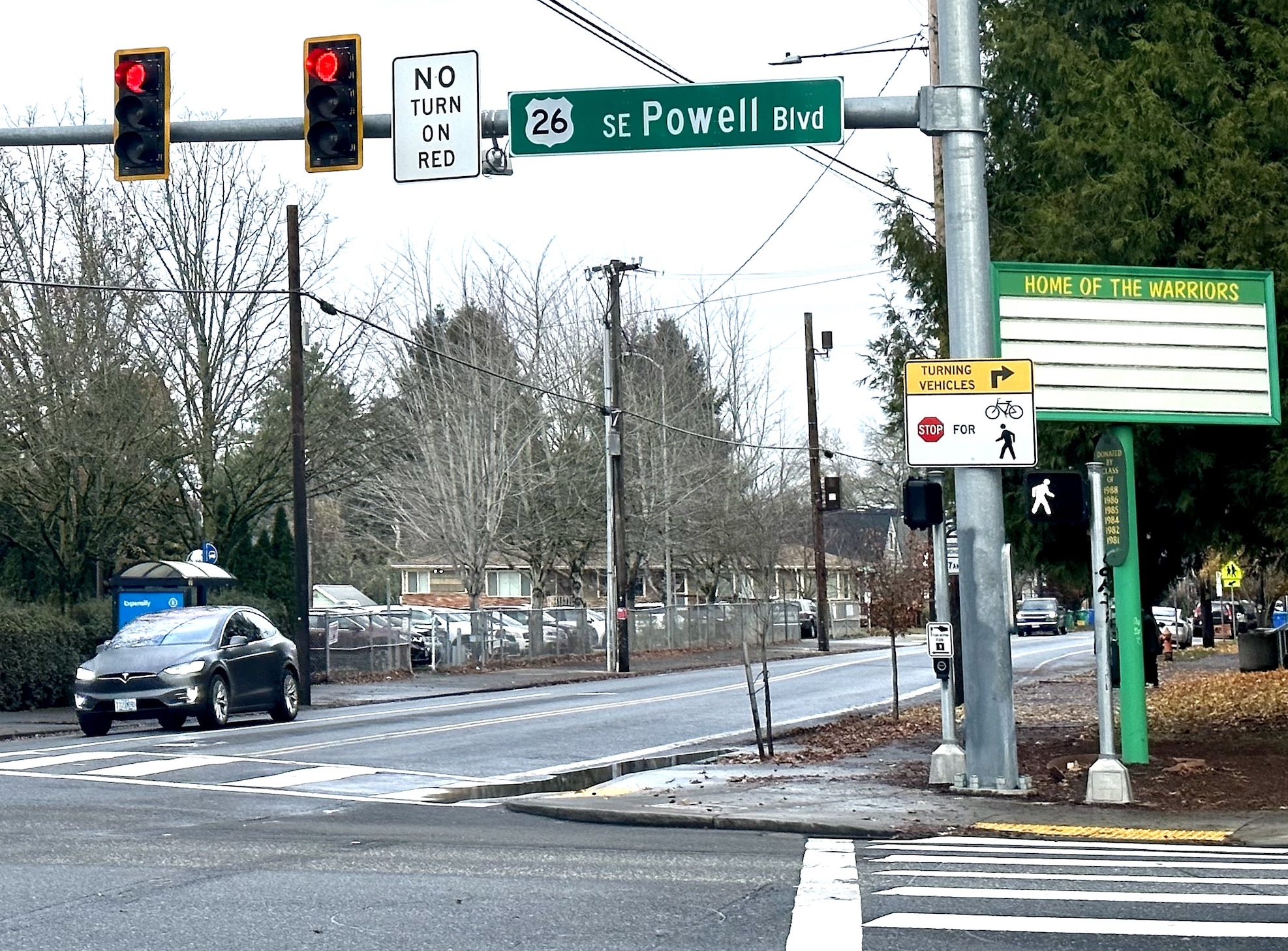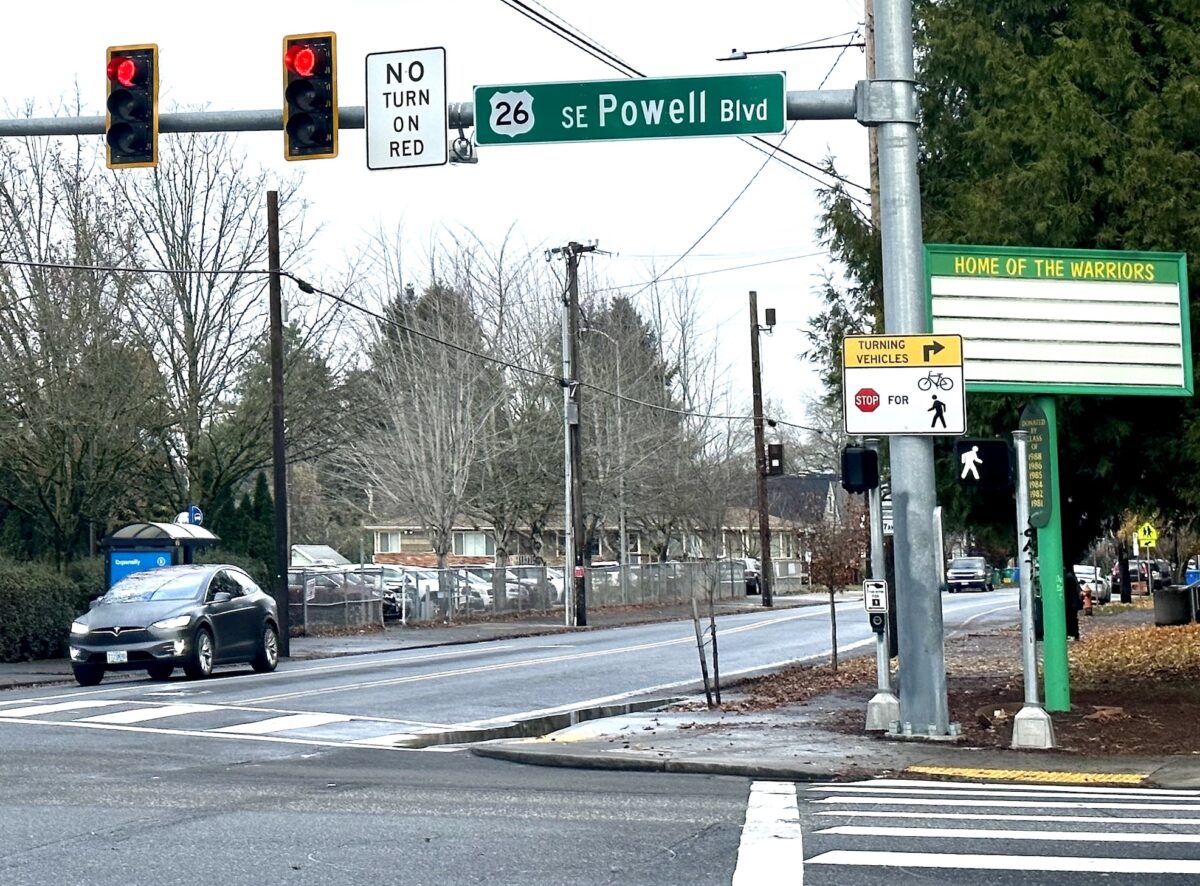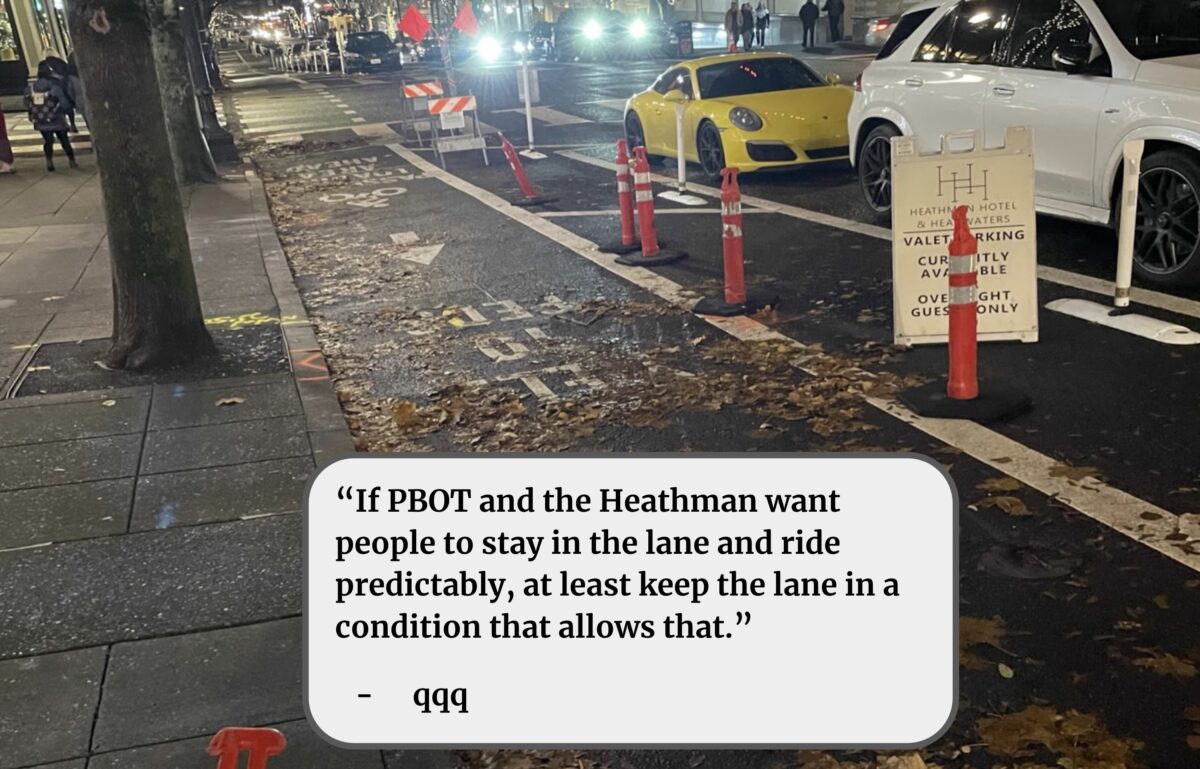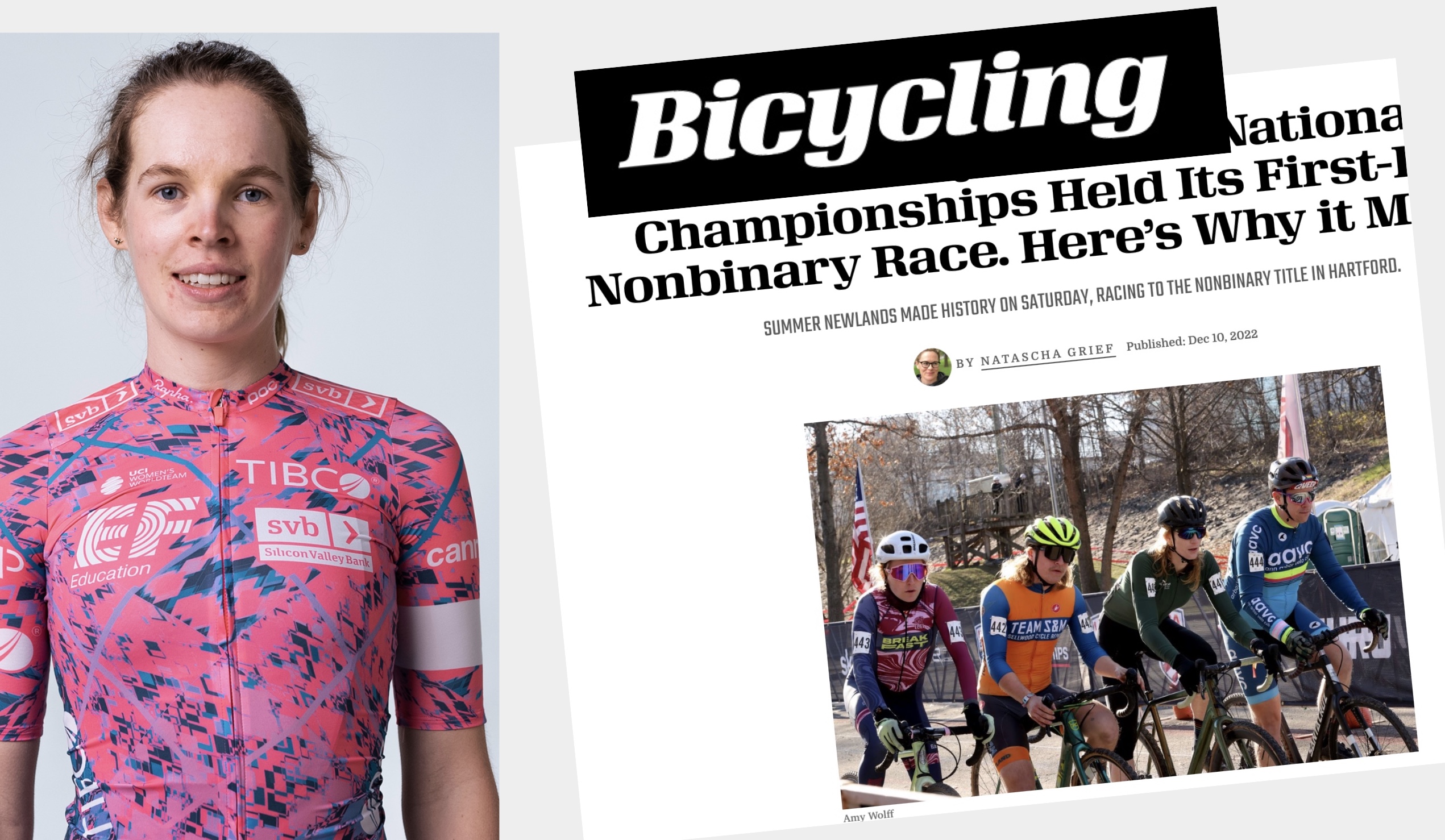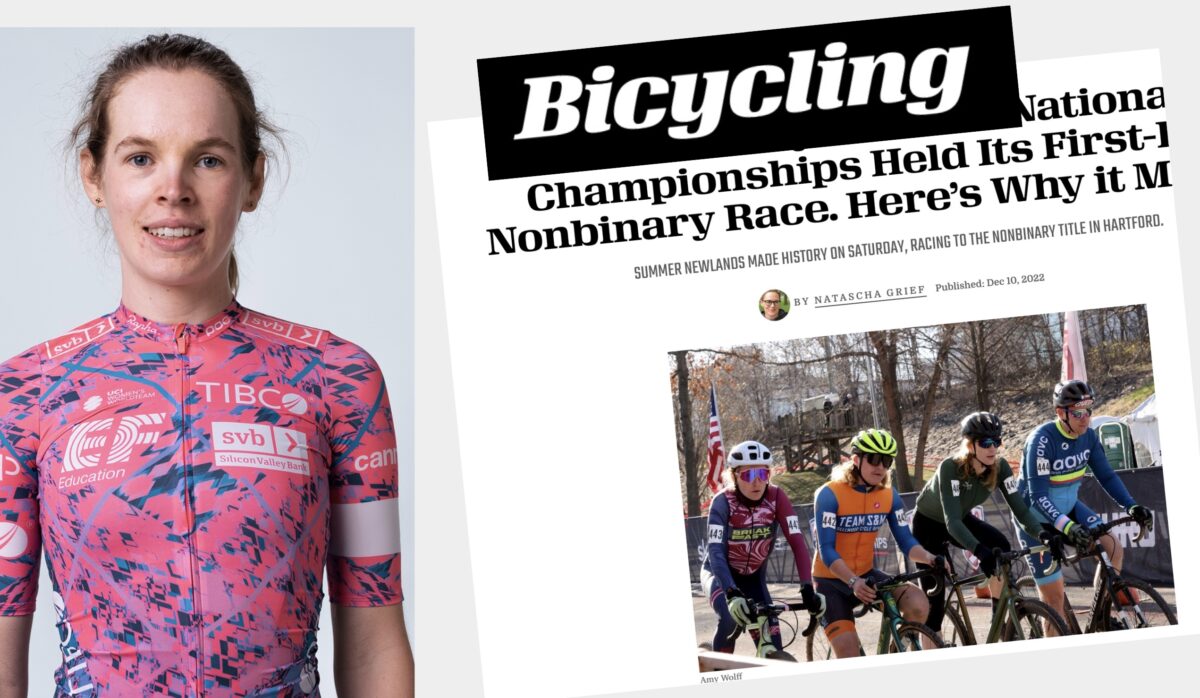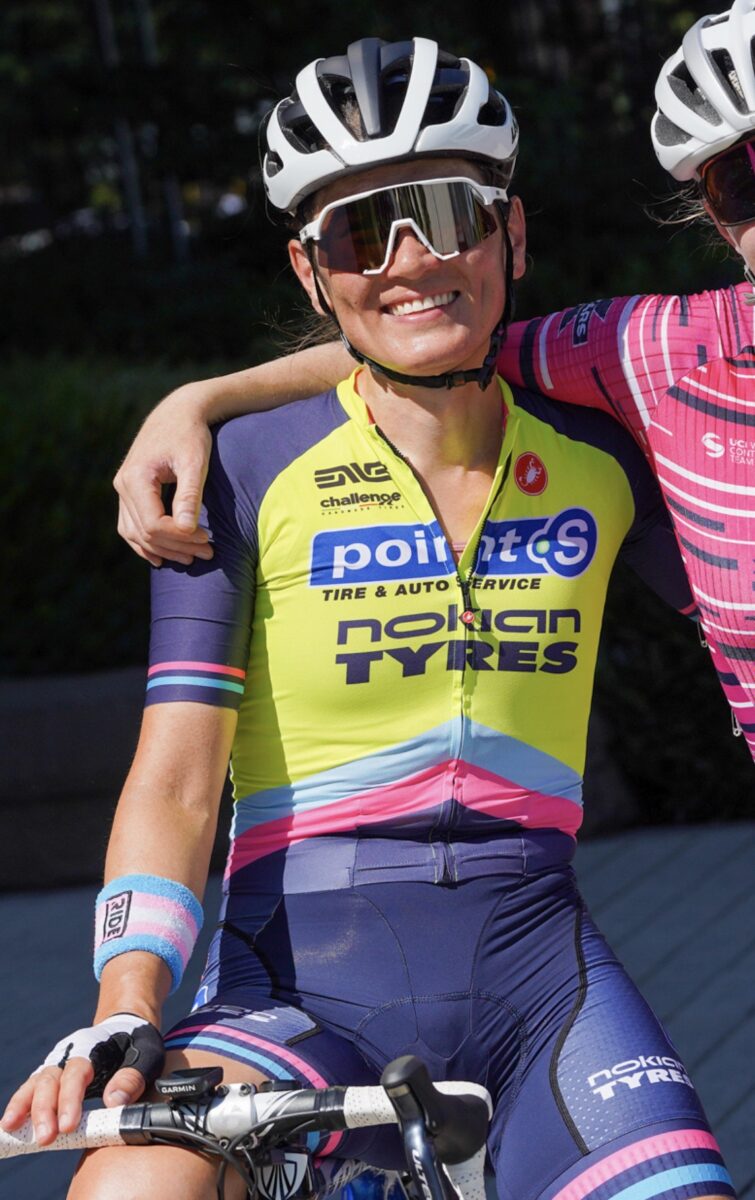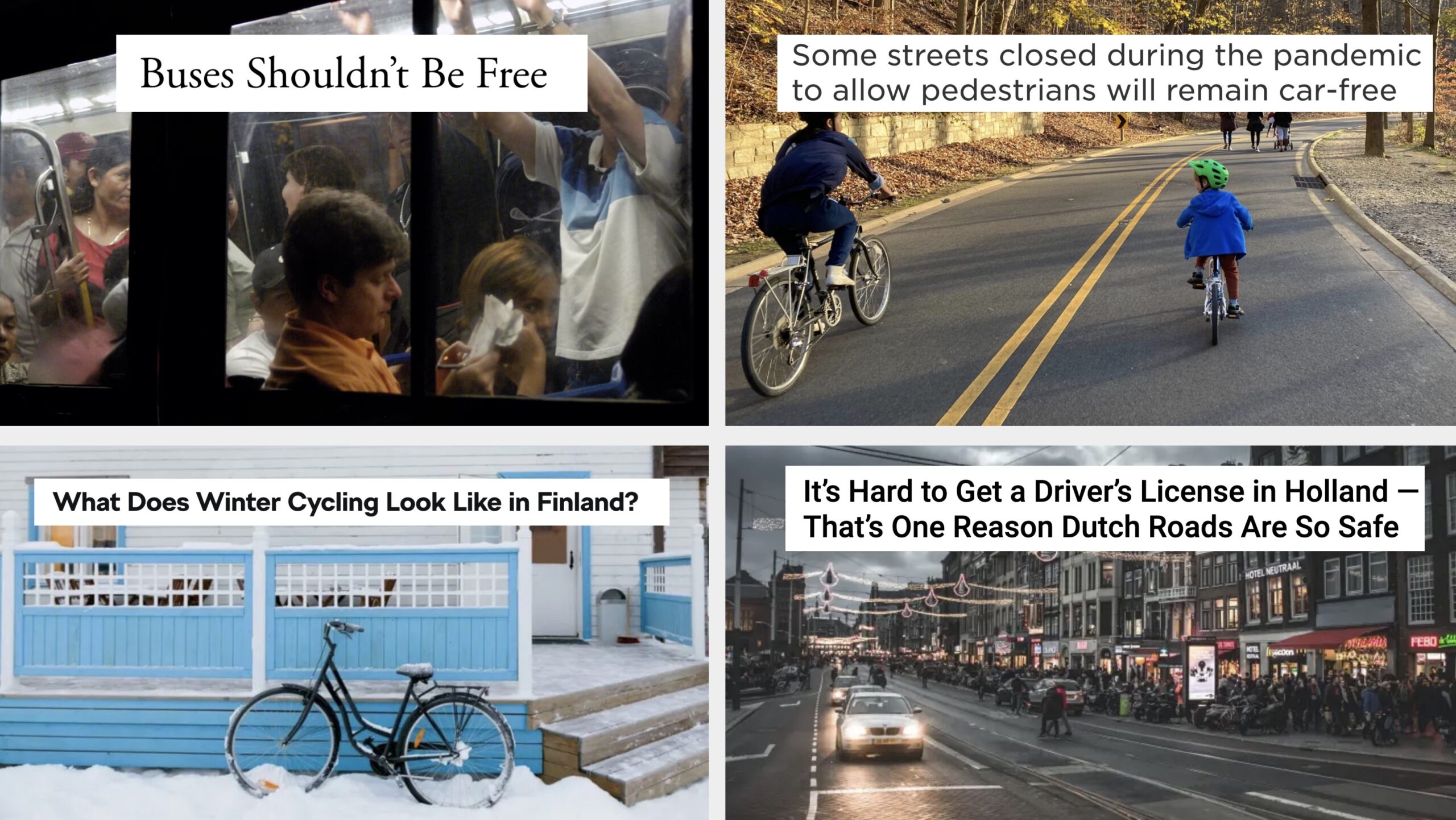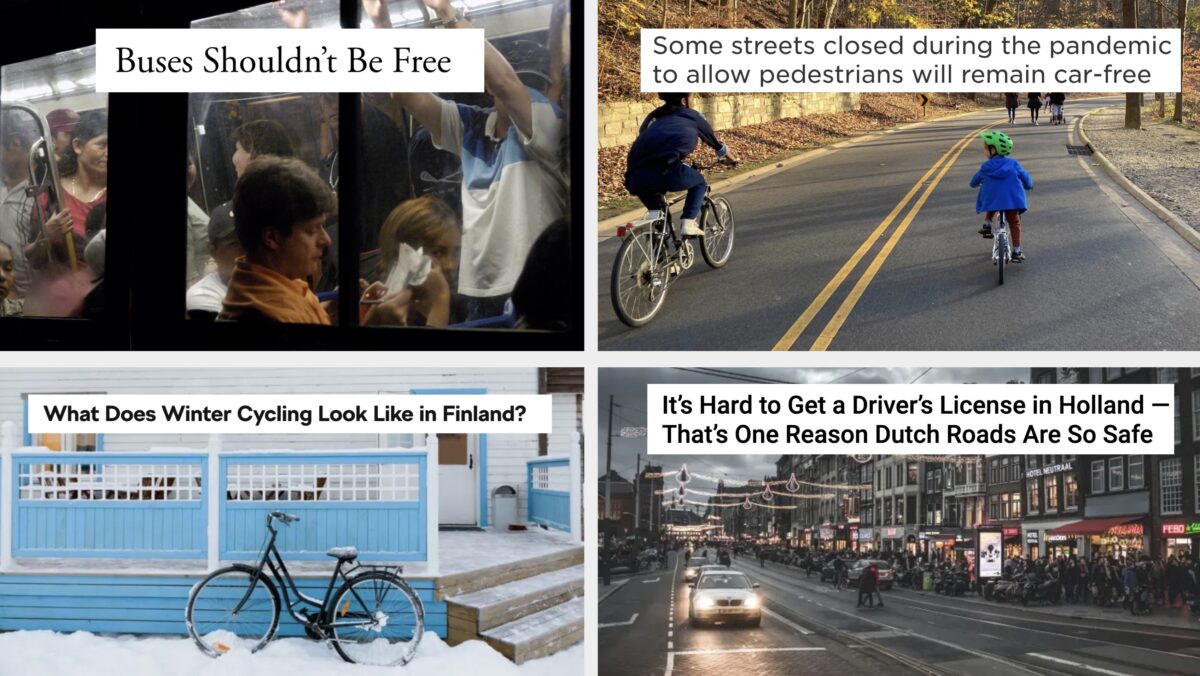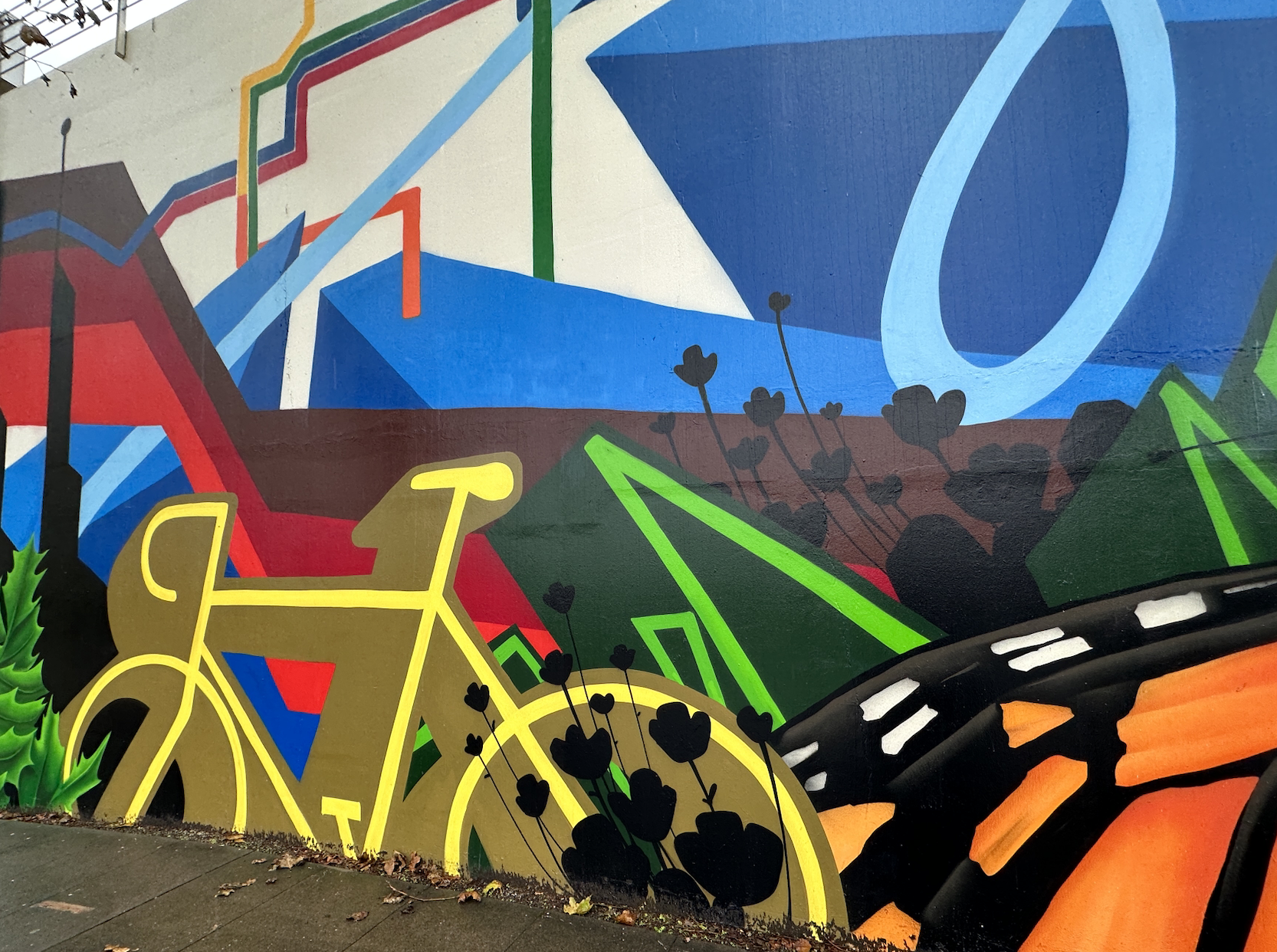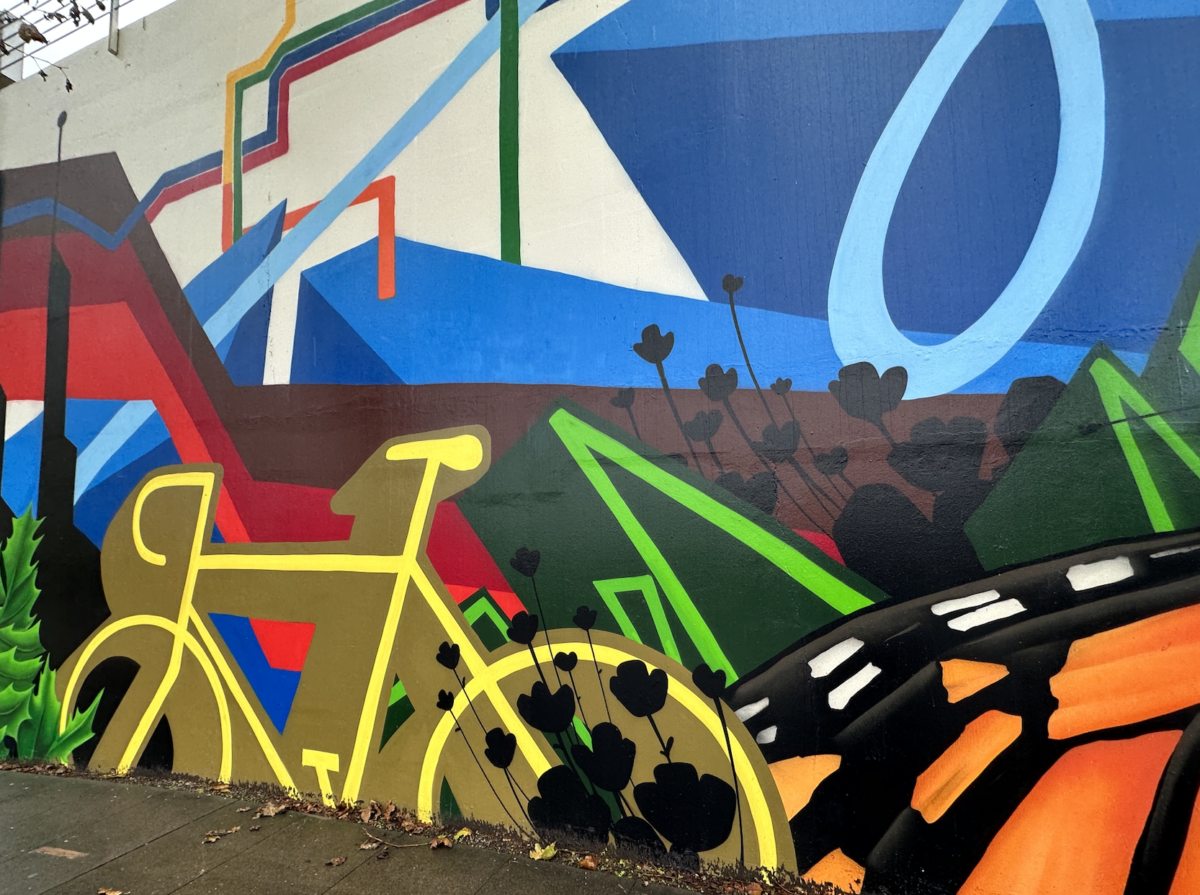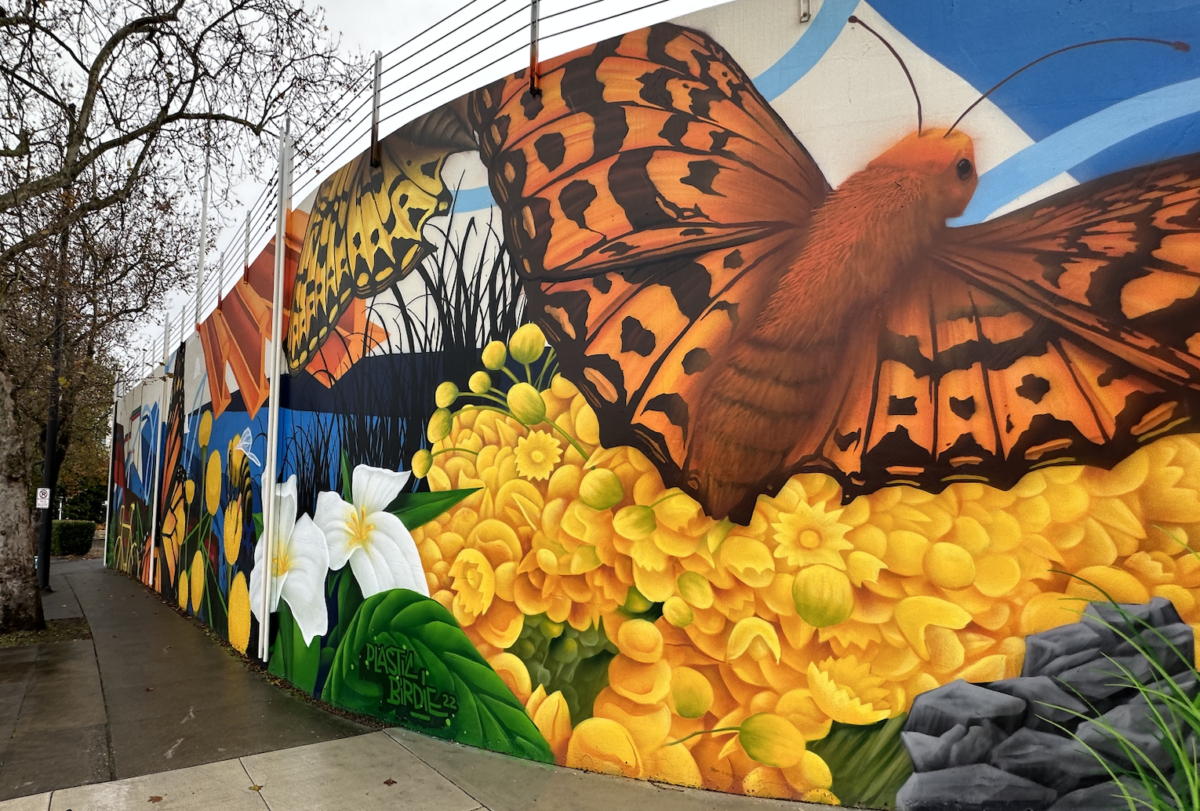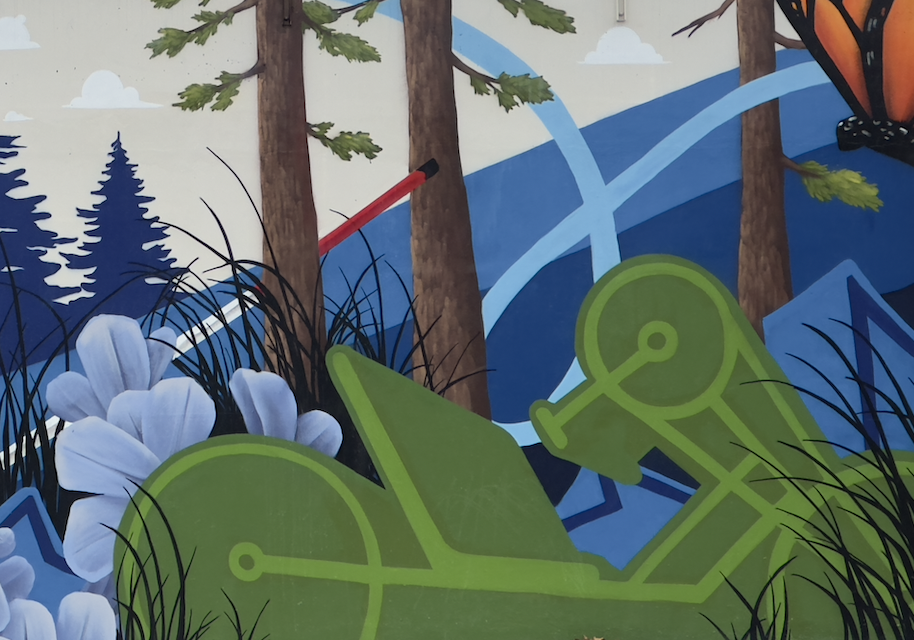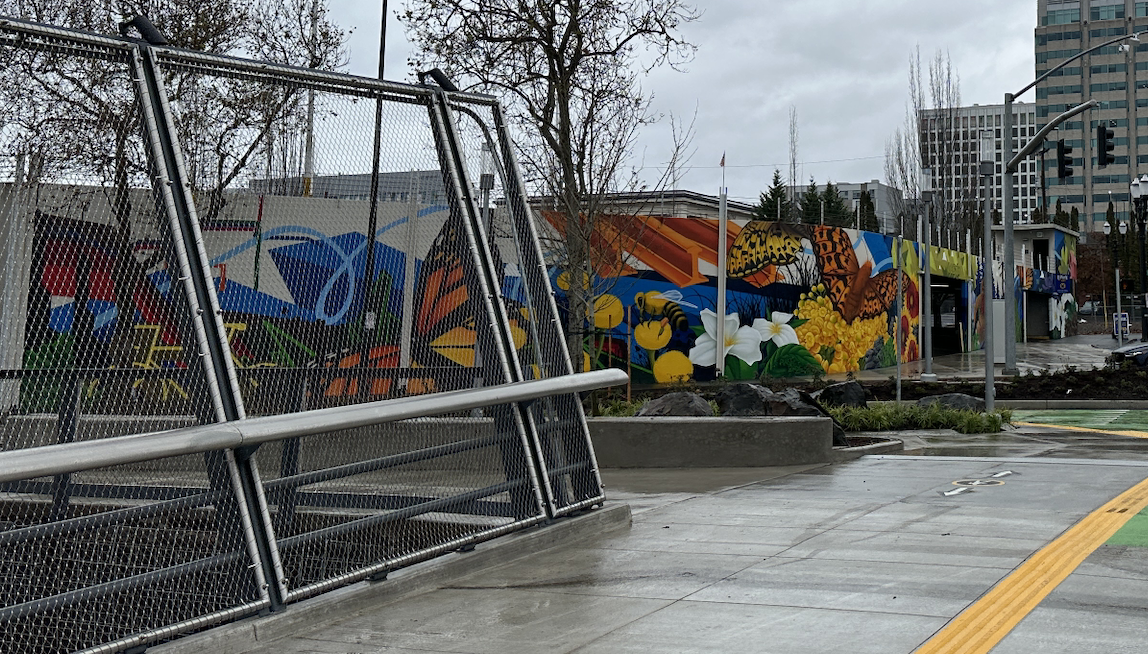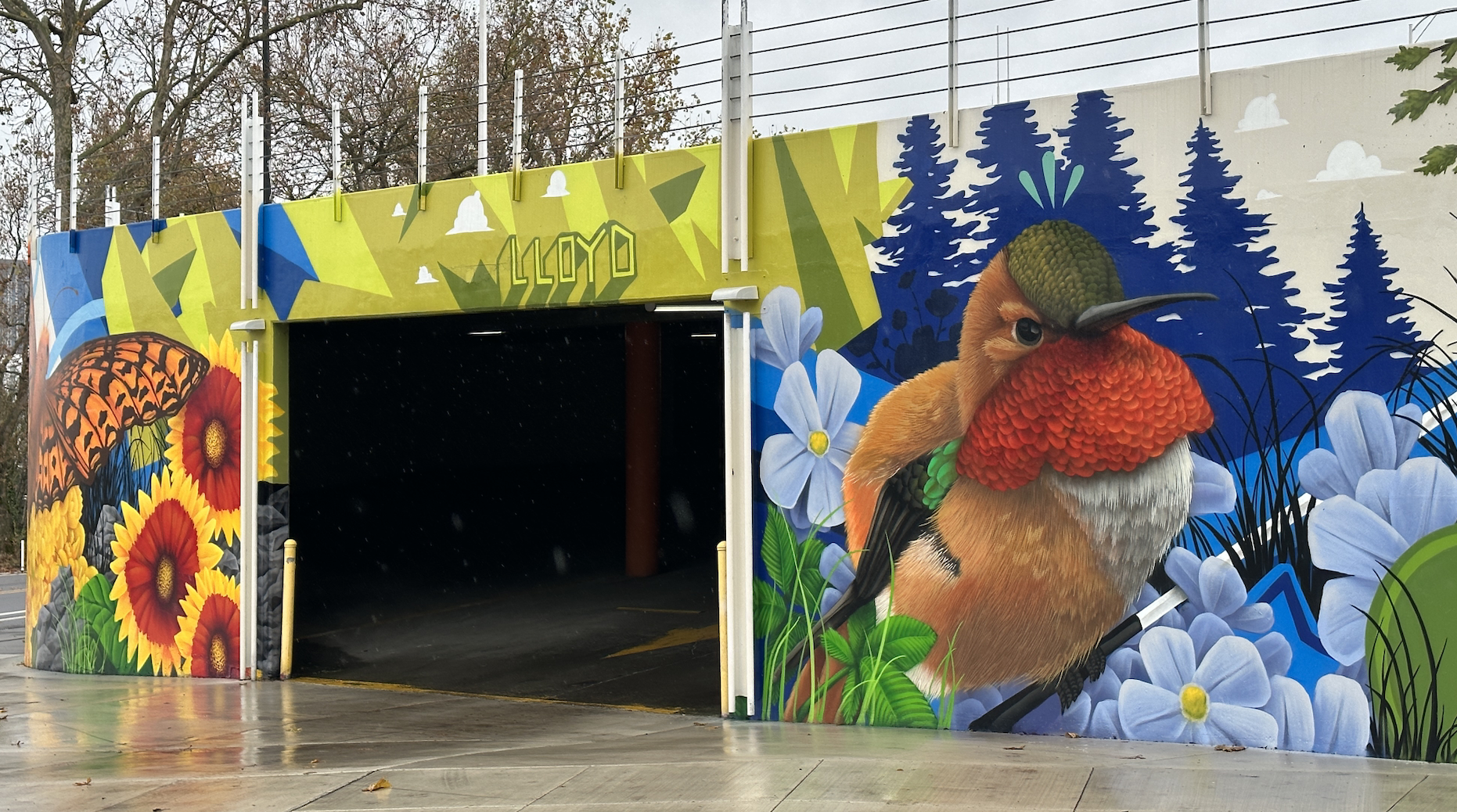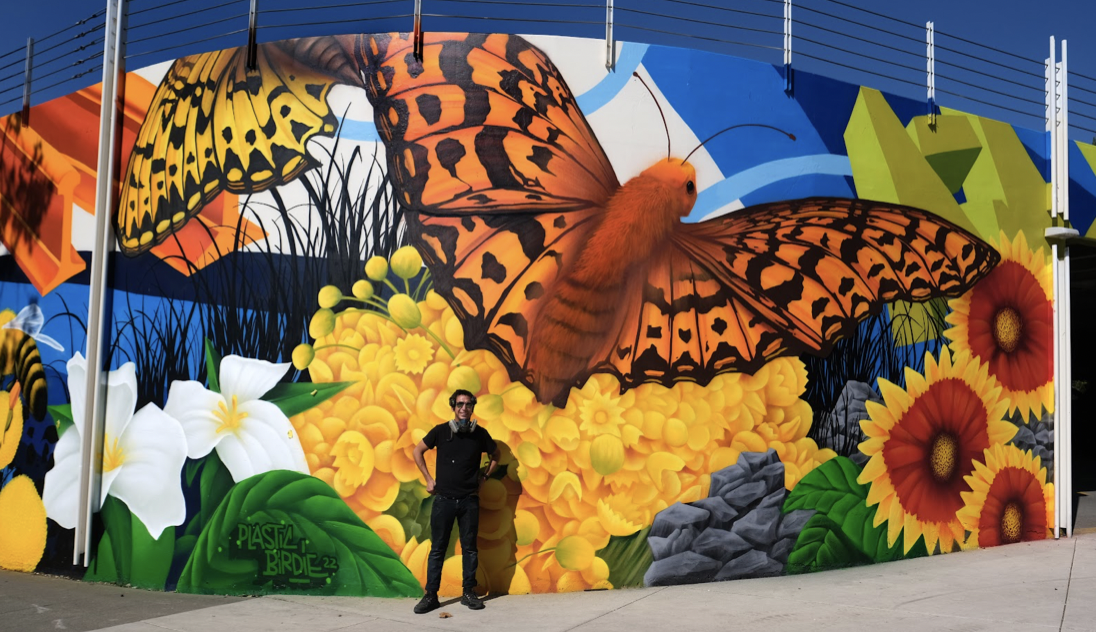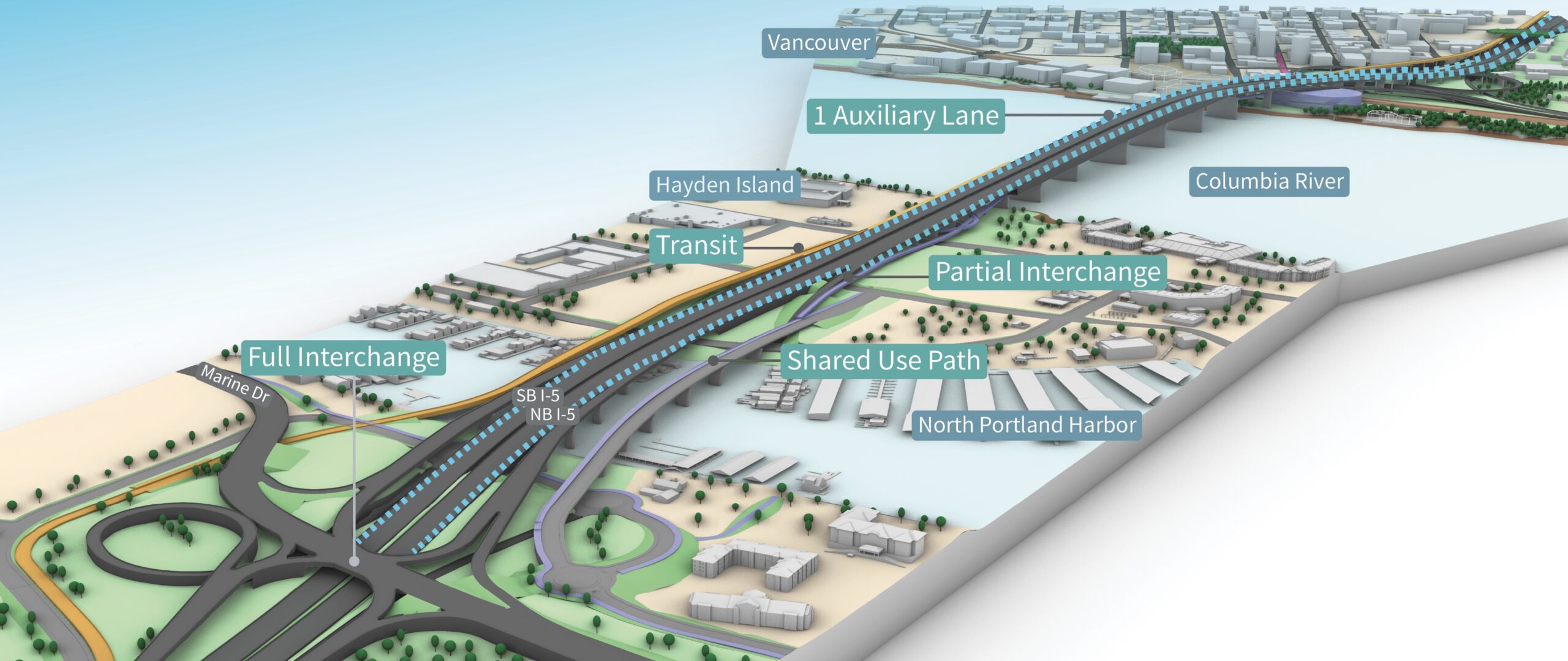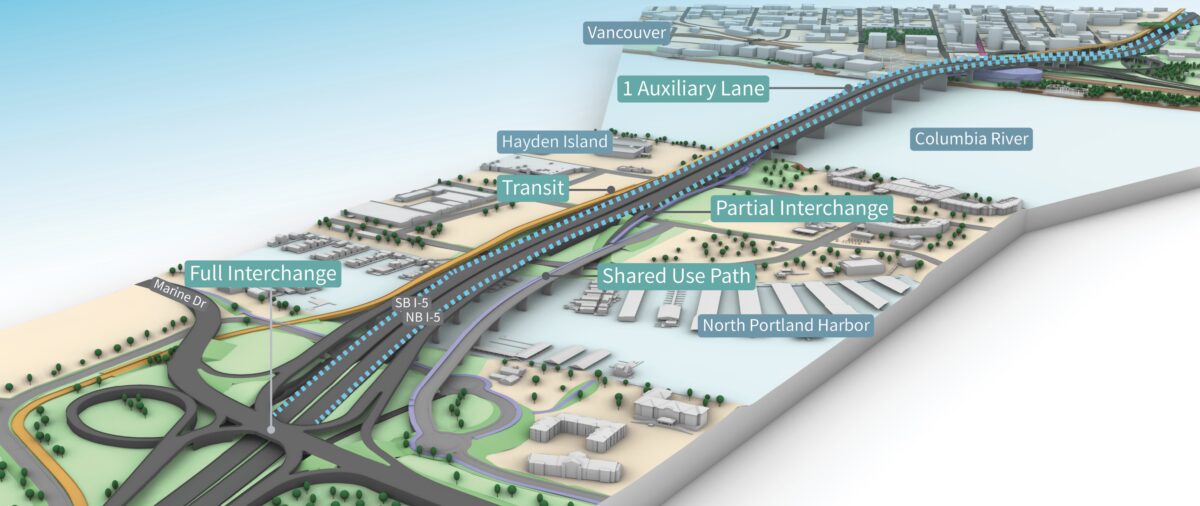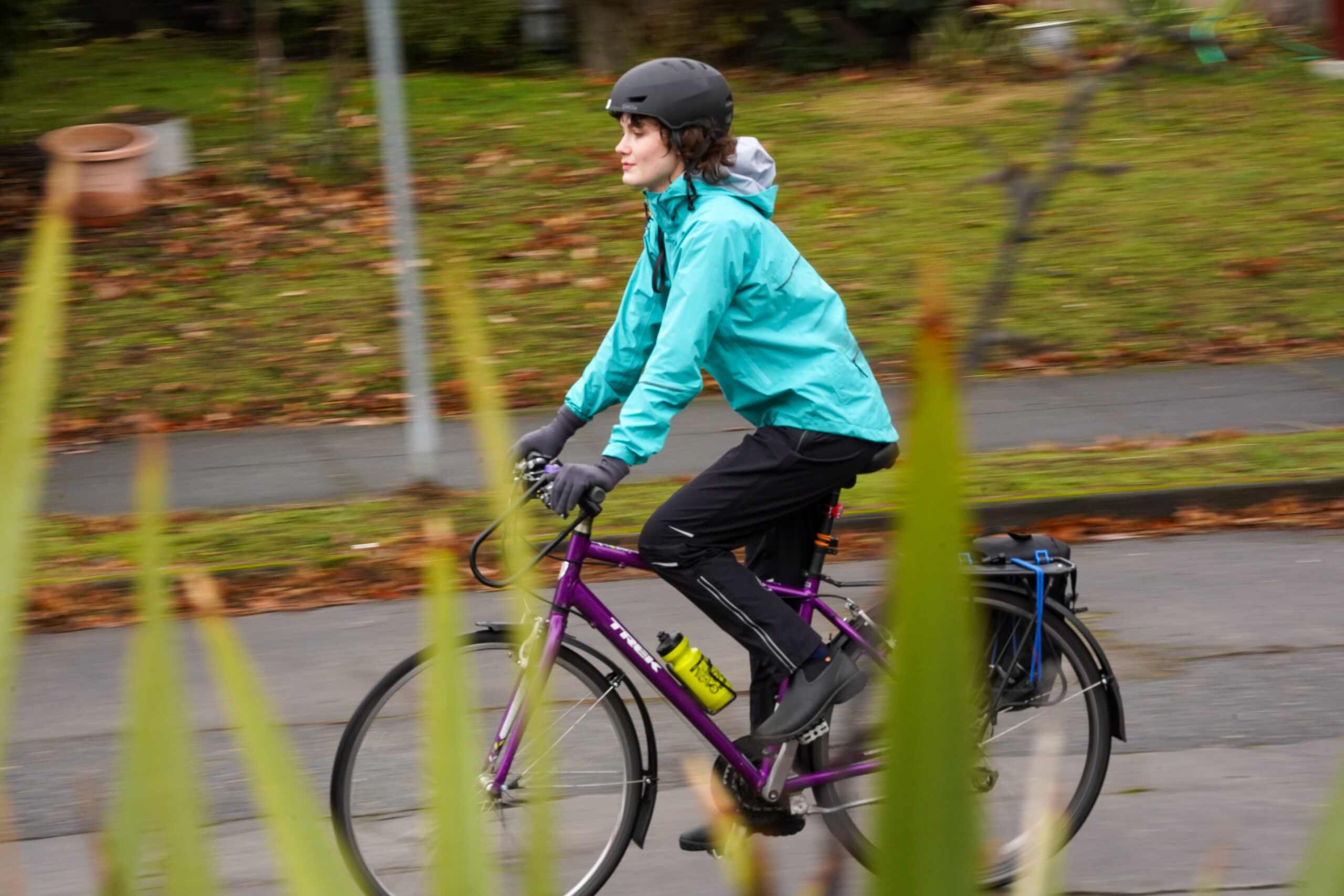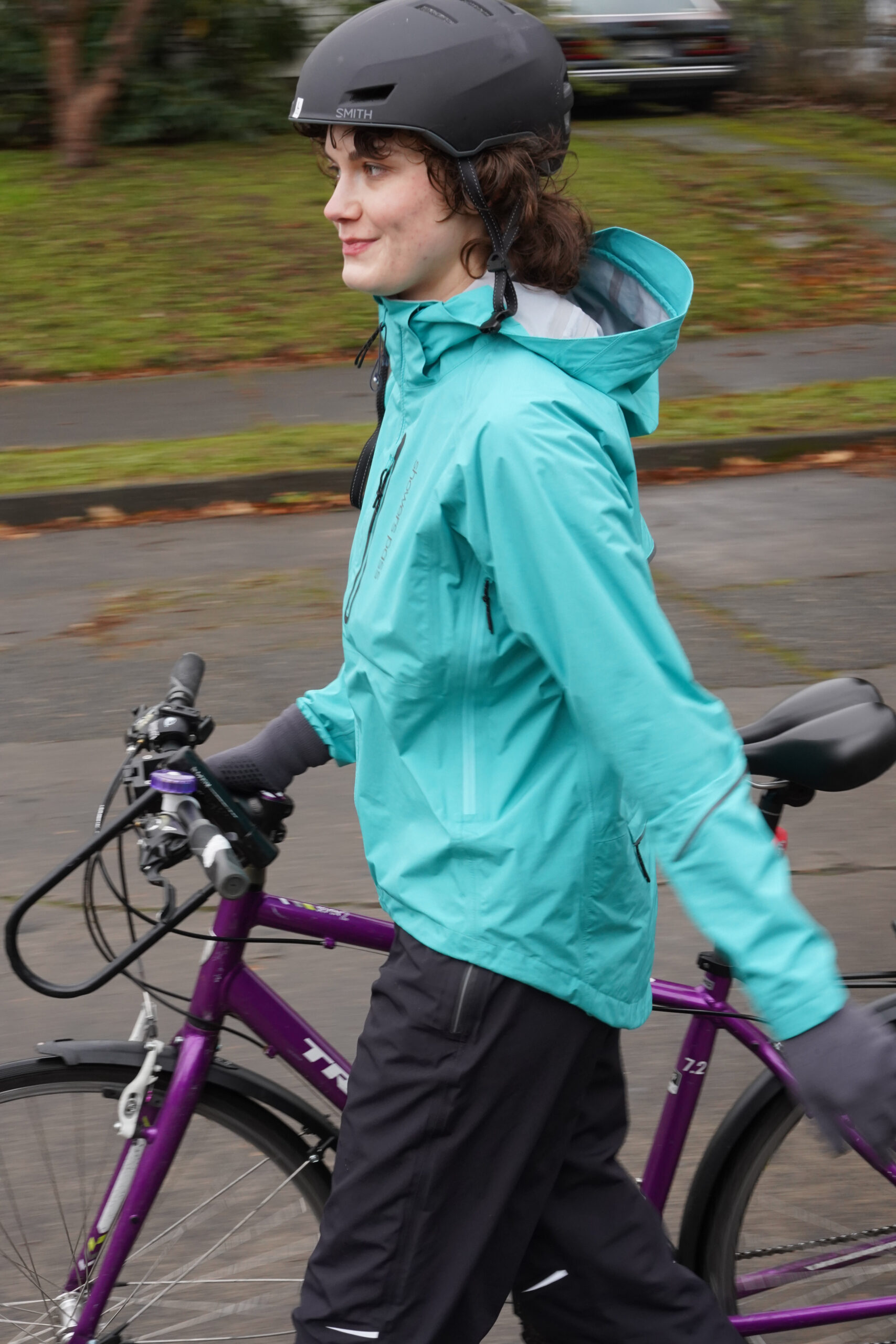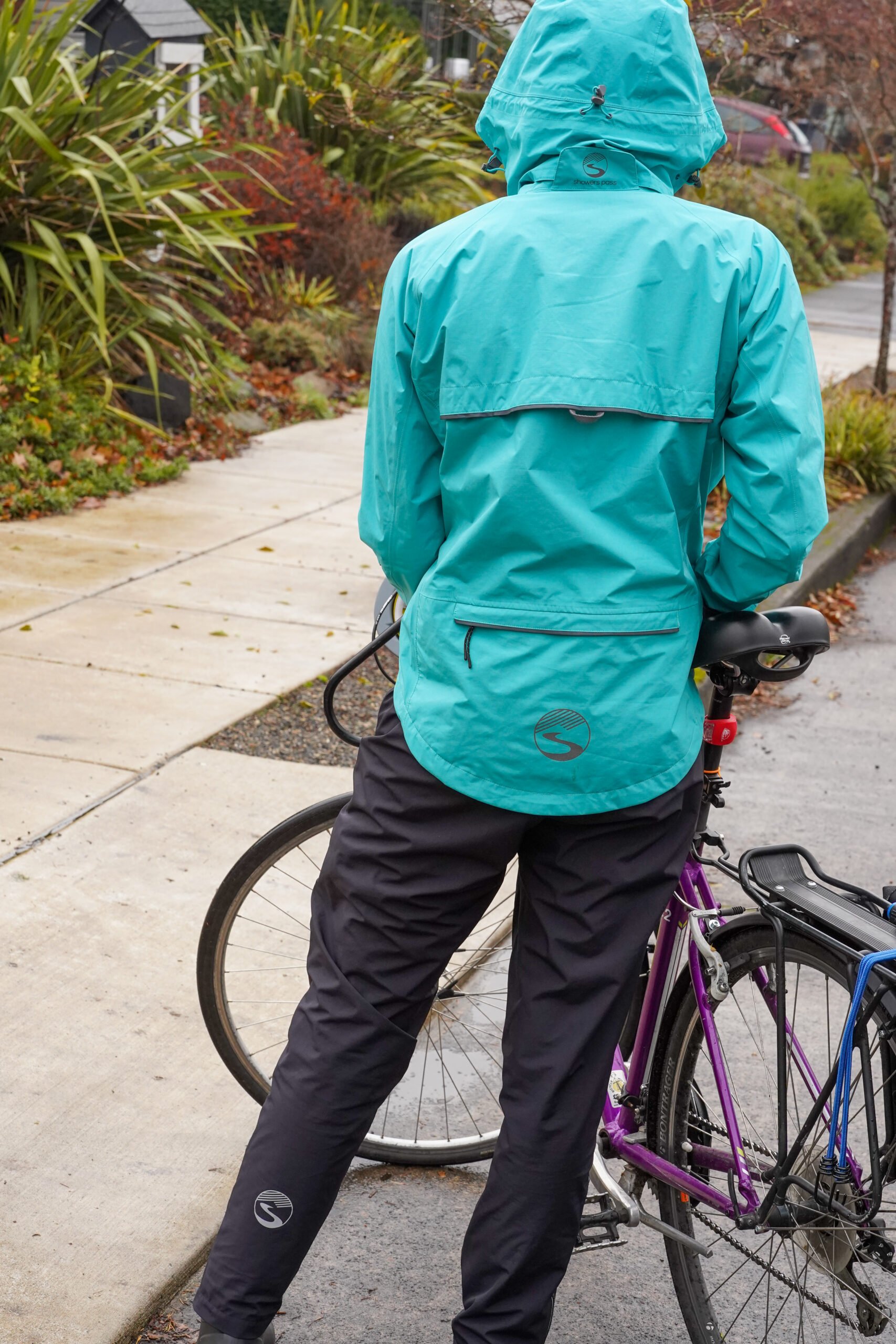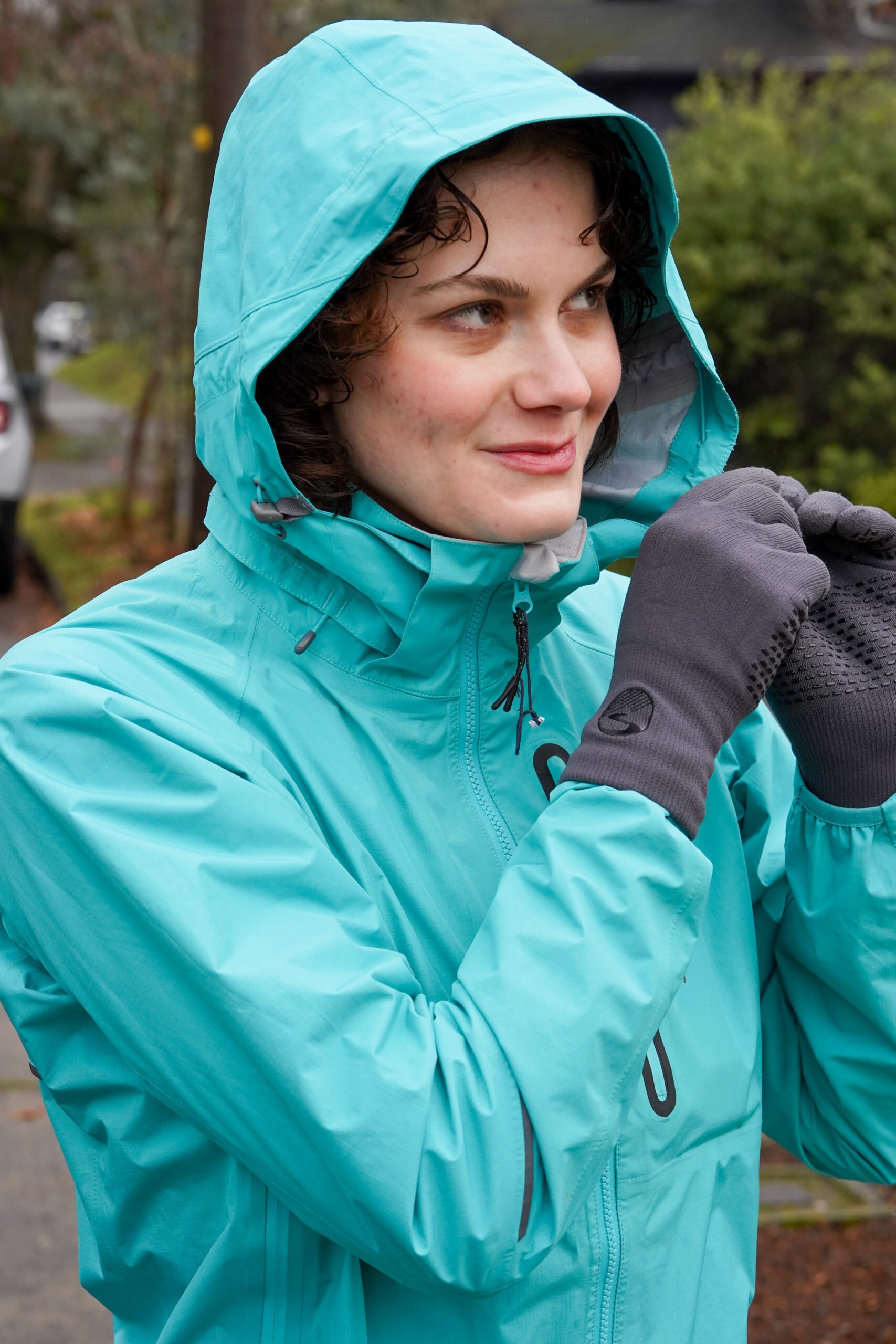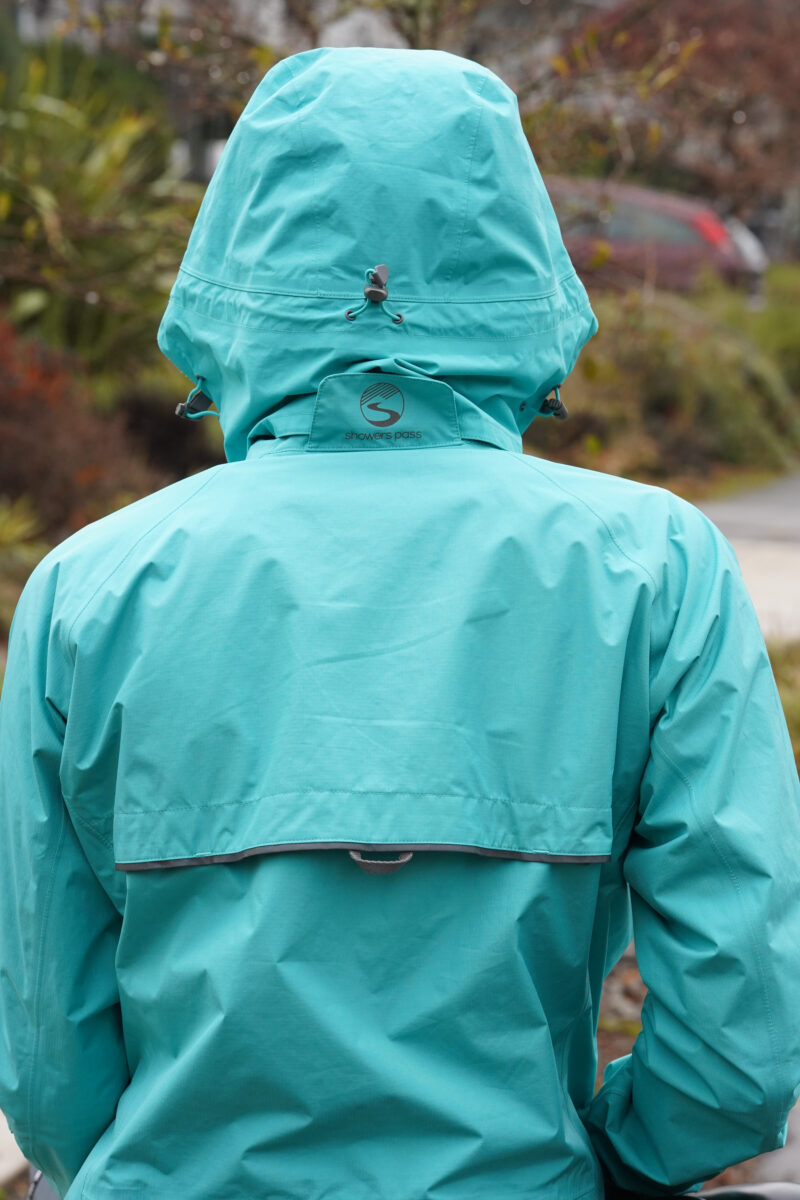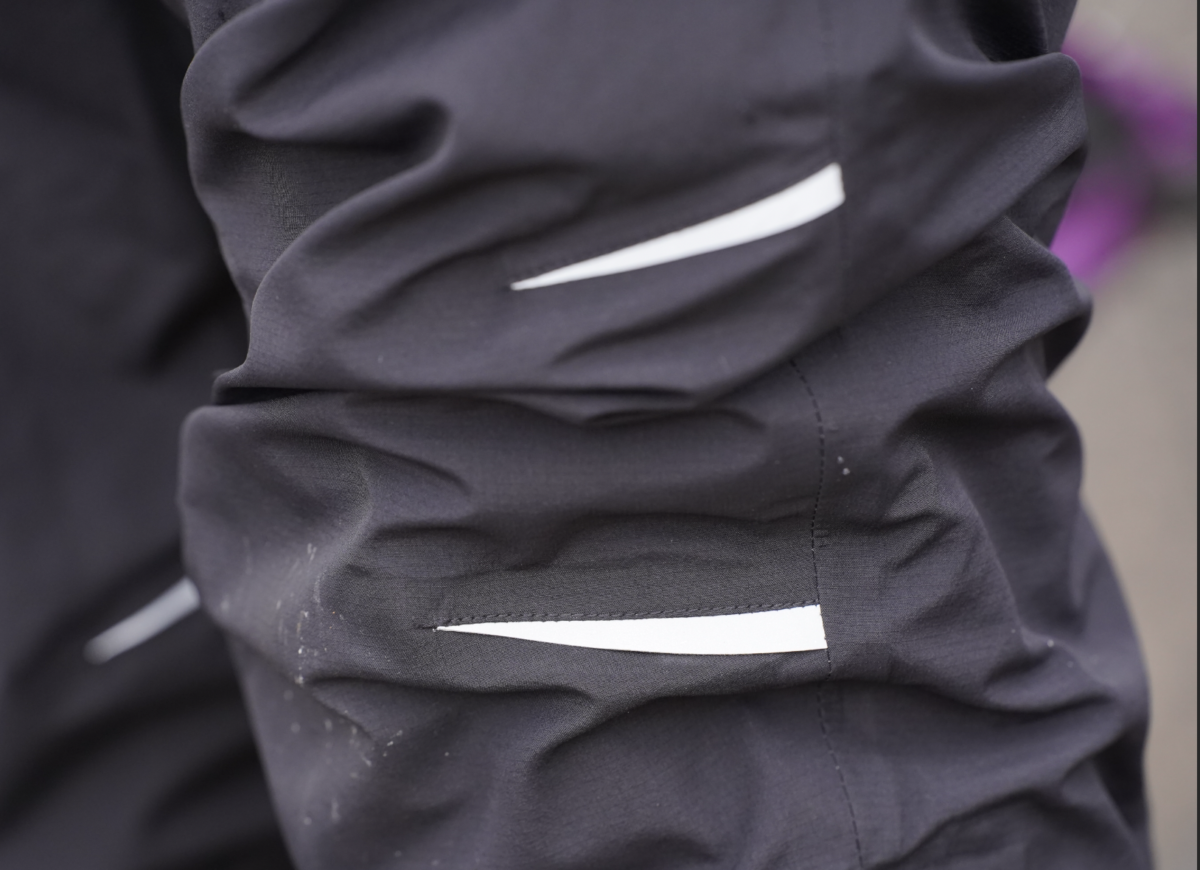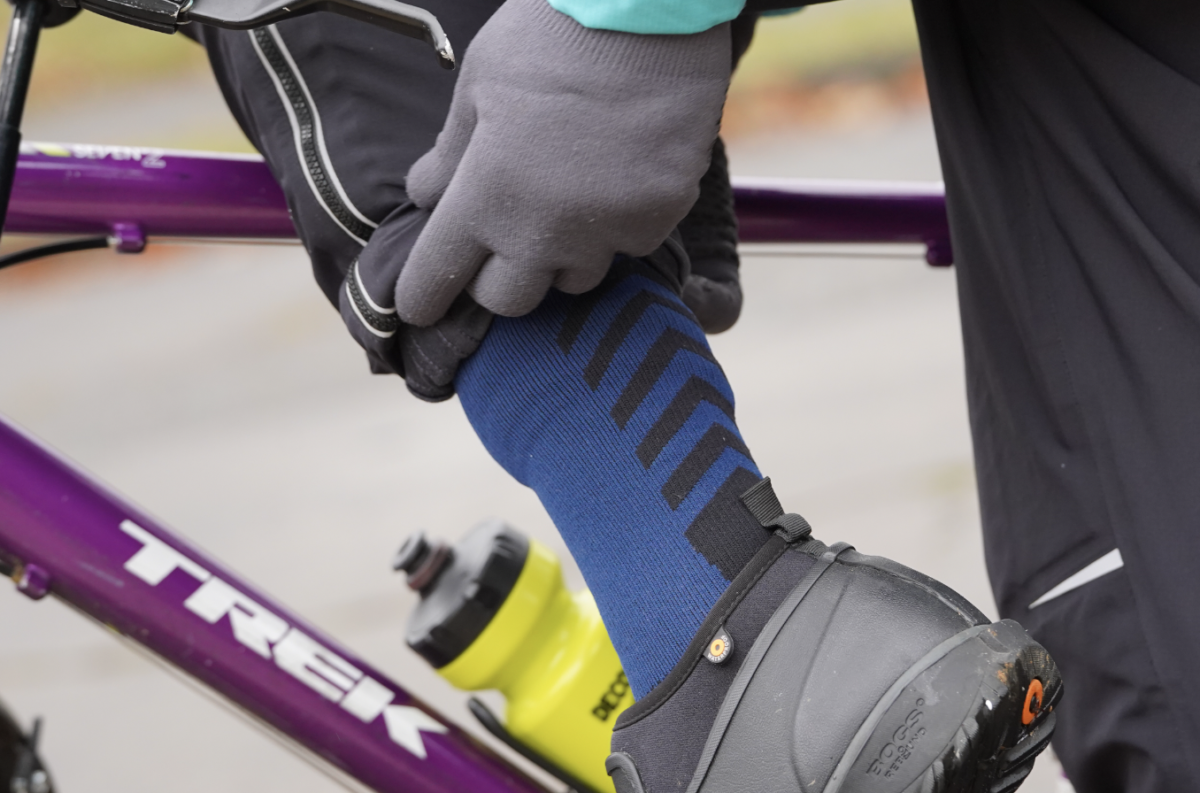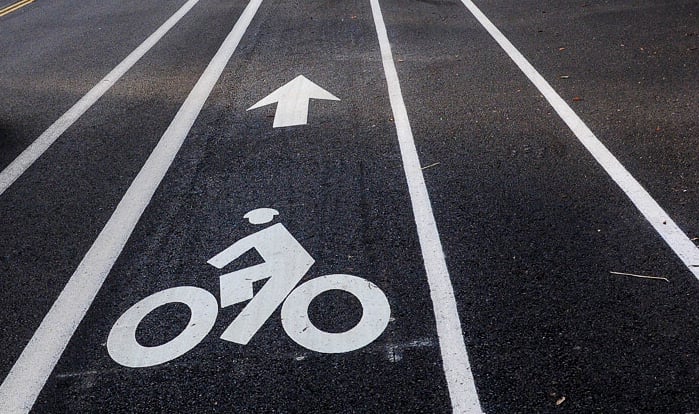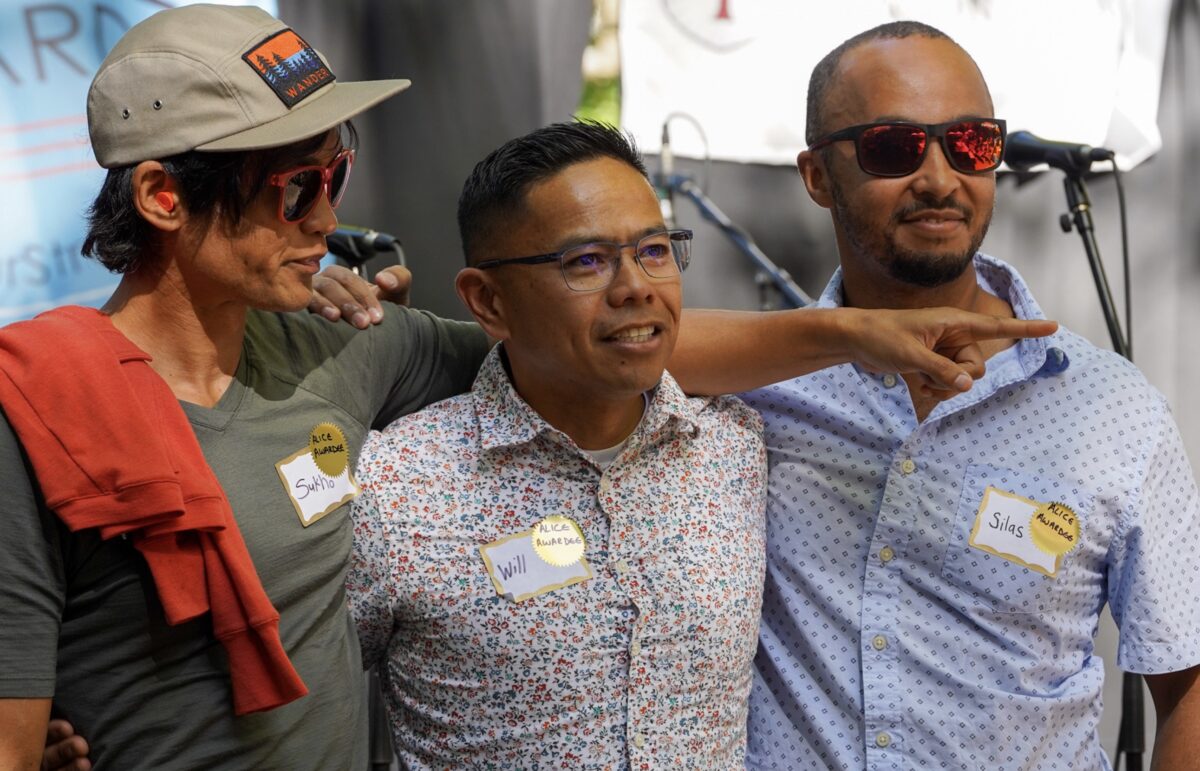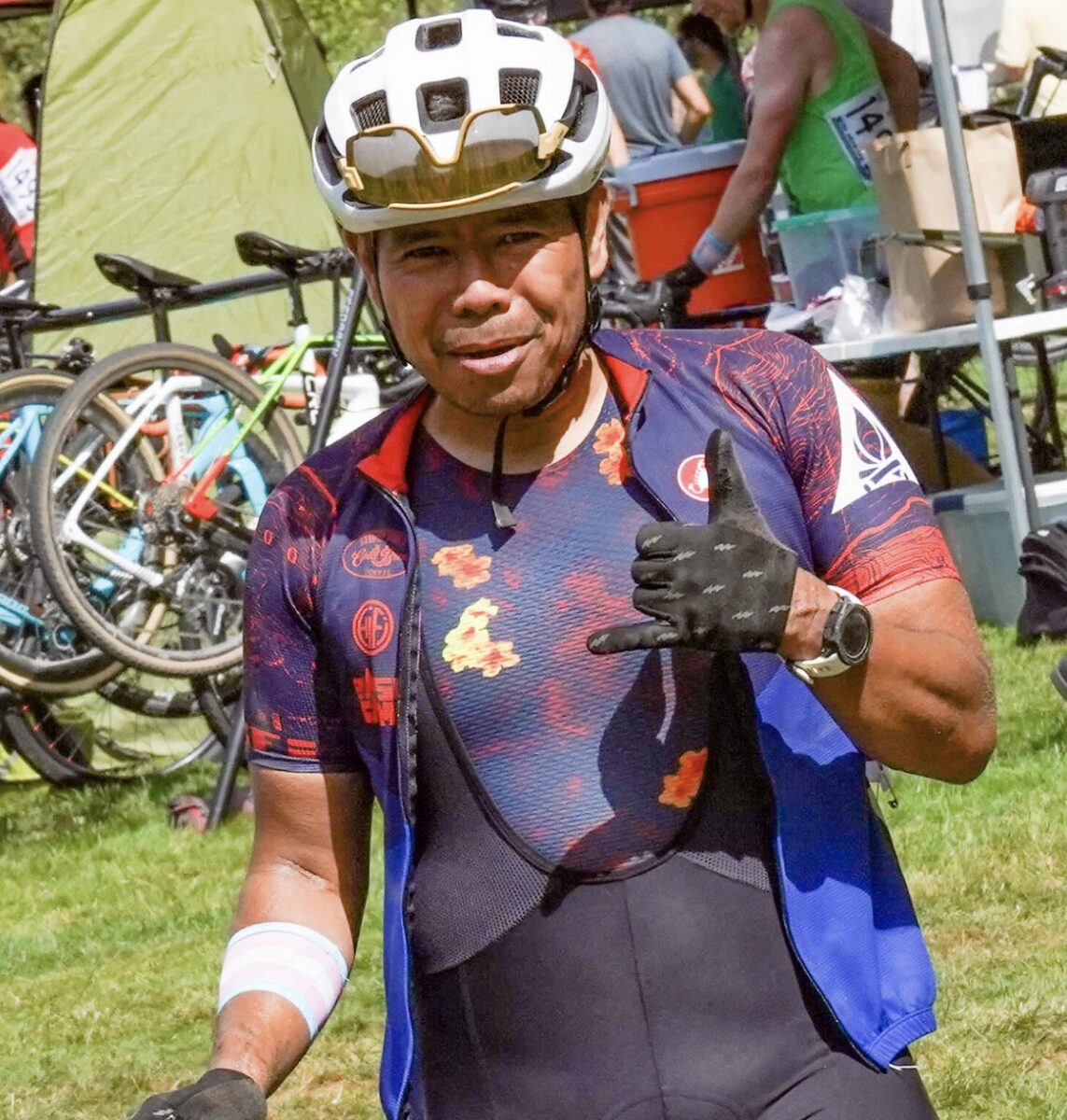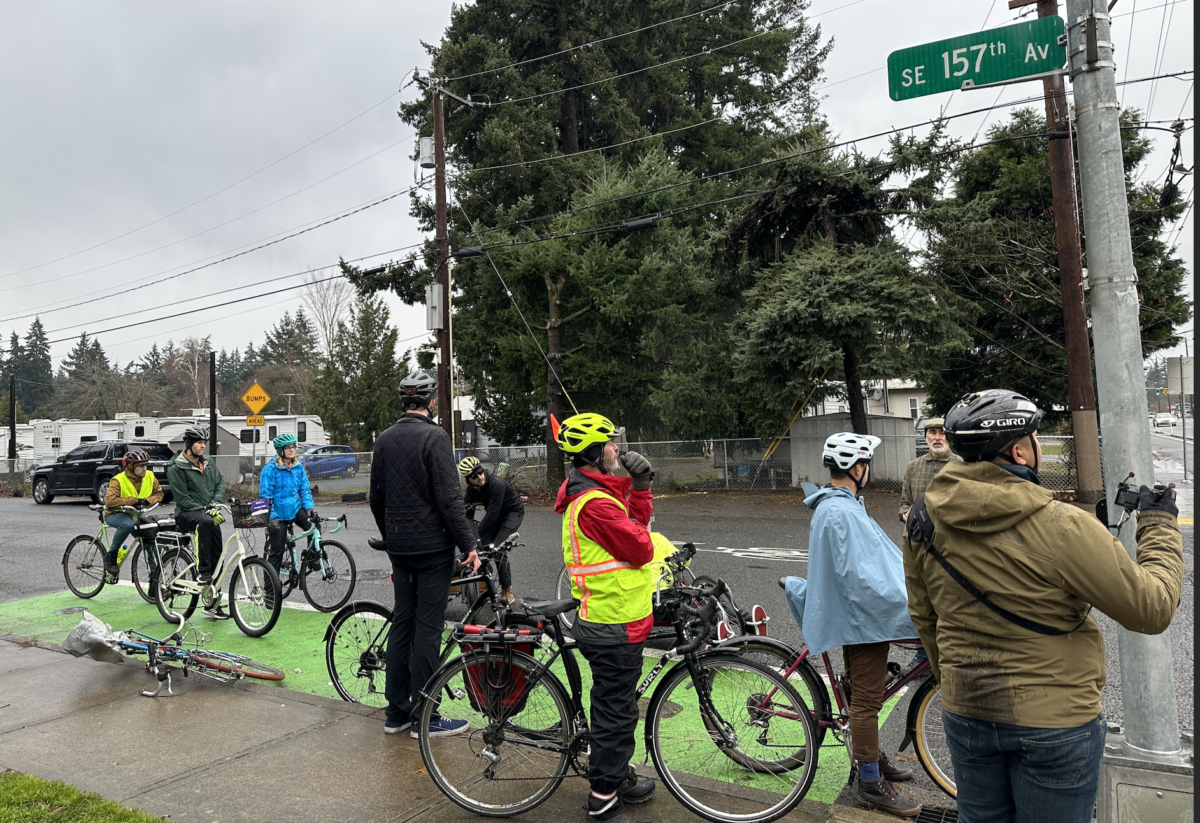


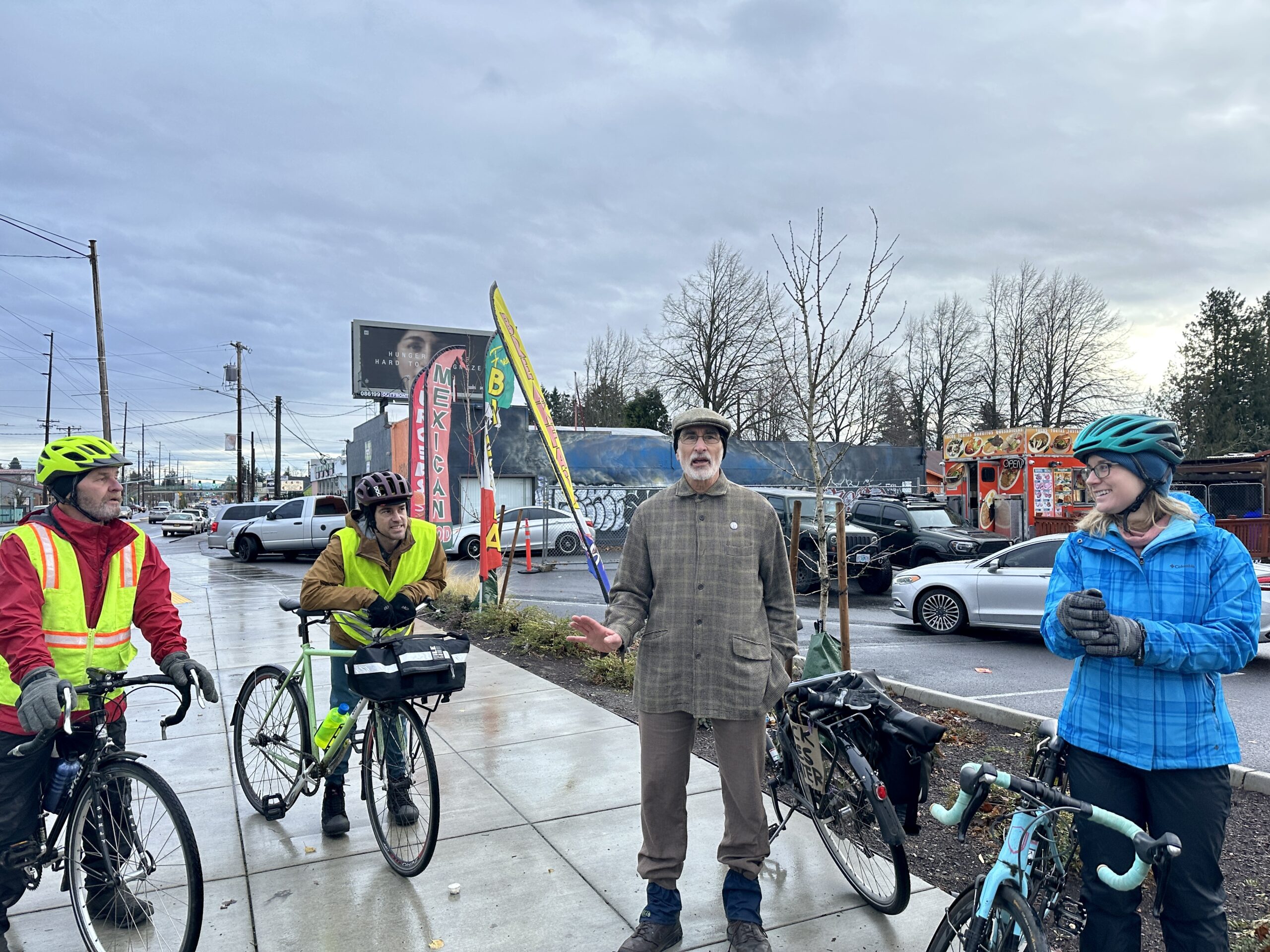
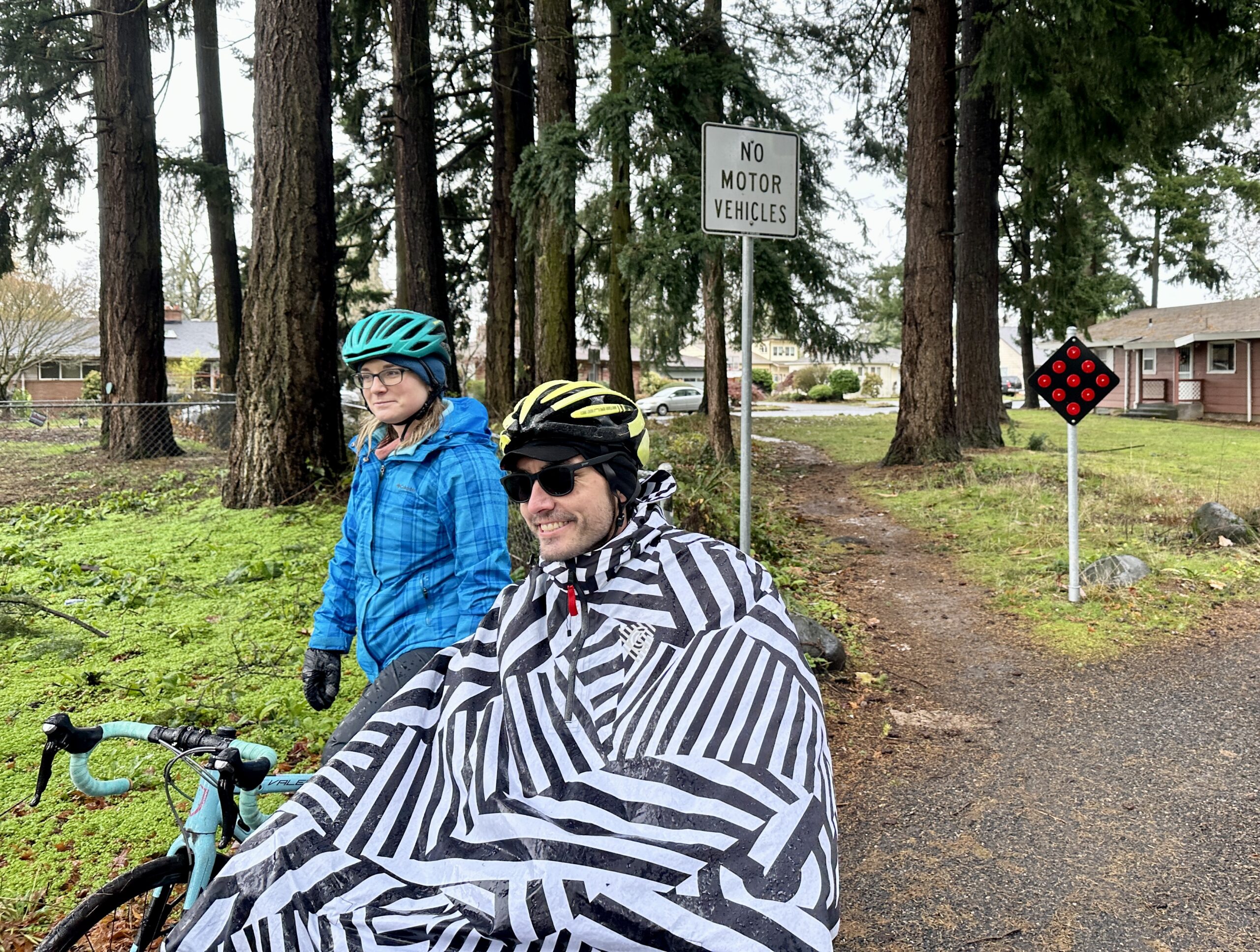
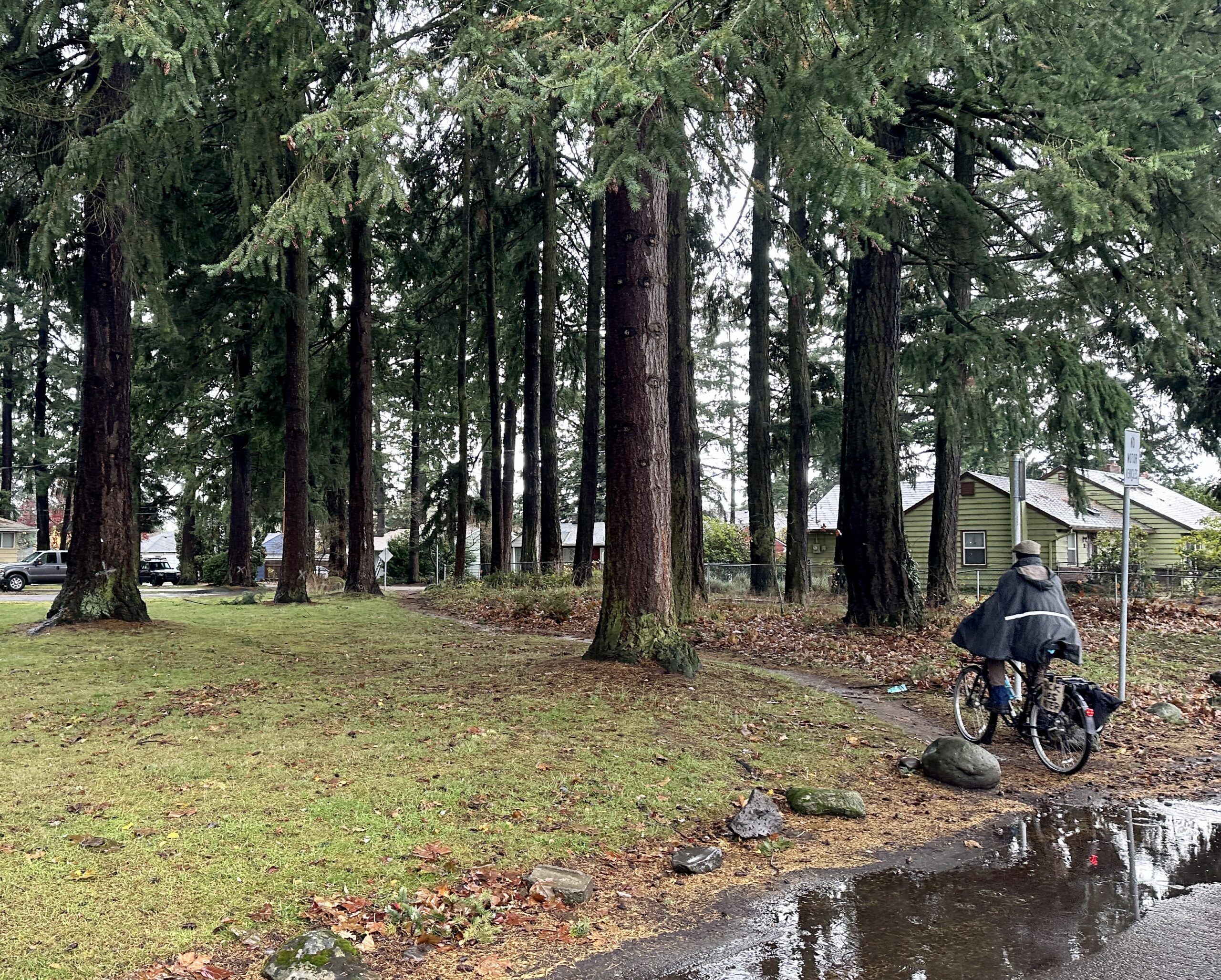
“A lot of the infrastructure out in east Portland is better now than it was in the central city 20 years ago.”
-Roger Geller, PBOT Bicycle Coordinator
It has traditionally been the case that east Portland’s active transportation infrastructure has lagged far behind the central city. But while the amenities for people biking, walking and riding transit east of 82nd Avenue are still lacking compared to what can be found closer to the Willamette River, the area has recently seen some substantial developments.
On Saturday morning, Portland Bureau of Transportation (PBOT) Bicycle Coordinator Roger Geller led the city’s Bicycle Advisory Committee (BAC) on a ride to check out some of these developments. Geller tries to take BAC meetings to the streets for a more hands-on experience at least a few times a year in order to demonstrate the real-world impact of the topics the group talks about at monthly meetings. This time he chose a route robust with new infrastructure in east Portland, taking participants to territory largely unseen by those of us who live close-in.
We started at SE 82nd Ave and Division Street and rode all the way to 157th Ave on Division’s new bike facilities, built to accompany TriMet’s new Frequent Express (FX) service on the corridor. This was new for me — in the past, I’ve only gone as far as 122nd Ave — and it was helpful see more of the project and hear some behind-the-scenes info from Geller along the way.
These bike lanes aren’t without issues. The most blatant problem is the fact that many people who work at or visit businesses along Division use them as a free-for-all parking zone and there are few preventative measures to stop them from doing so. There are also maintenance concerns on the bikeway, but that’s not specific to these facilities: you’d be hard-pressed to ride anywhere in the city without running into a pothole, puddle, or massive pile of leaves these days.


Still, it’s far from ideal to navigate around shards of broken glass — especially when you have to deal with the other hazards more specific to east Portland, where people driving cars are generally less aware of people biking and can even be downright hostile.
At 157th Ave, we swung a left up into the 150s greenway system. The calm streets made me realize how much tension I’d been holding onto while riding on Division, even though I didn’t think it was so bad at the time.
The 150s greenway has just recently come into its own, and PBOT is continuing to add new infrastructure to the neighborhood to beef up the facilities. In August, the city hosted its final Sunday Parkways event out here to show off their work. The streets are pretty calm, although you do have to cross several large streets in order to travel the length of the route. We crossed Stark, Burnside, Glisan and Halsey without much trouble. But even with the new crossing treatments on the greenway, I can imagine a less comfortable bike rider feeling nervous about those crossings — especially if they were by themselves and not riding with a group of confident bike advocates.
One interesting — and somewhat perplexing — element of the 150s greenway is on NE Couch in between 154th and 156th. This stretch of Couch is very narrow, so in order to accommodate people biking, westbound car traffic has been blocked off. However, it appears the contractor placed the one-way traffic sign facing the wrong direction, causing some confusion. This part of the greenway is very residential and quiet, so the mistake probably won’t have catastrophic results, but it does highlight some of the problems people might have navigating the greenway as it jogs from one street to the next across almost four miles.
Finally, we made it up NE San Rafael, which features some buzzy infrastructure new to Portland’s streets: advisory bike lanes. We’ve explained this type of street design before, but essentially what they do is create shared space between people biking and driving on a street too narrow for traditional bike lanes. Geller said in Portland they’re essentially an alternative to turning a low-traffic street into a neighborhood greenway, but instead of just a sharrow they actually feature a carved out space for people biking. Amongst Saturday’s ride participants, these advisory bike lanes were a hit. And they’re likely to be coming to many more streets in the future if PBOT succeeds in getting federal sanctional to install them.
Overall, this was an educational ride, giving participants a glimpse into east Portland’s cycling network and how it’s changed over the years.
“A lot of the infrastructure out in east Portland is better now than it was in the central city 20 years ago,” Geller said.
This statement earned agreement from Jim Chasse, who joined the BAC ride as a notable guest, being one of east Portland’s strongest bike advocates for many years. Chasse’s advocacy was a big impetus for the East Portland in Motion project — a framework that was then replicated in other parts of the city — which brought active transportation infrastructure to areas severely lacking. Geller talked up Chasse as an important figure in east Portland’s transportation history. His presence on the ride was a good demonstration of the kind of working relationships many advocates have with PBOT staff, even when they don’t hold back their criticism of the bureau.
Chasse seems cautiously optimistic about the future of active transportation in east Portland. He acknowledges there have been improvements, but maintains there’s a lot more work to be done and thinks city planners still put too much of their effort in the central city.
“East Portland would be a great place for biking if there was more infrastructure,” Chasse said, referring to the area’s naturally flat landscape and fairly standard street grid system. (I was also struck by the unique houses and neat parks that I hadn’t seen before.)
It can be difficult to strike a balance between appreciating progress and continuing to hold planners’ feet to the fire. But as Chasse waved goodbye and zipped off through east Portland’s streets alone, he appeared to be a good example of what that can look like.

